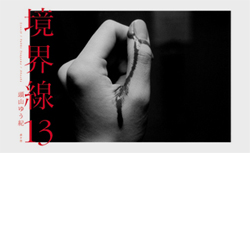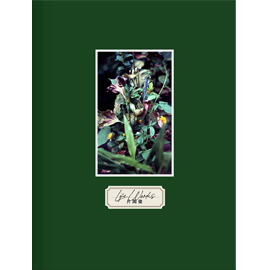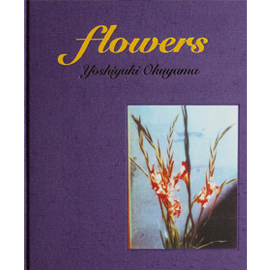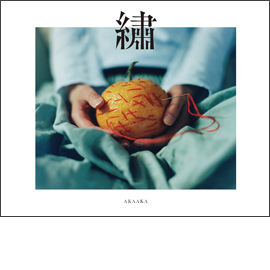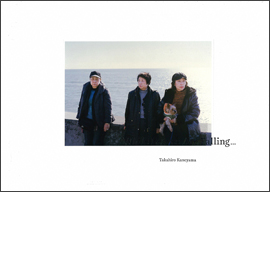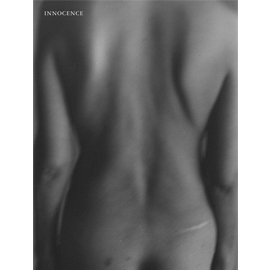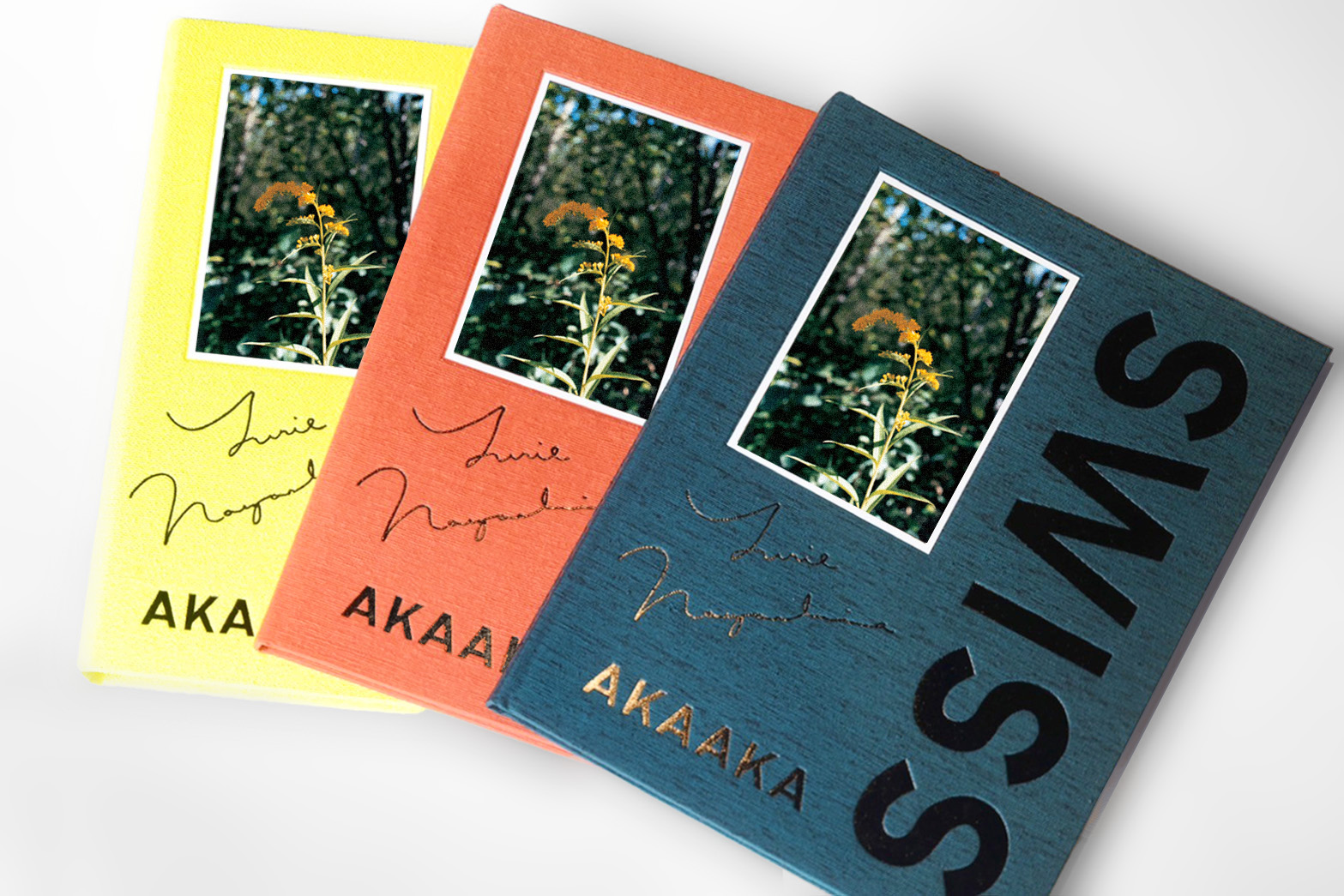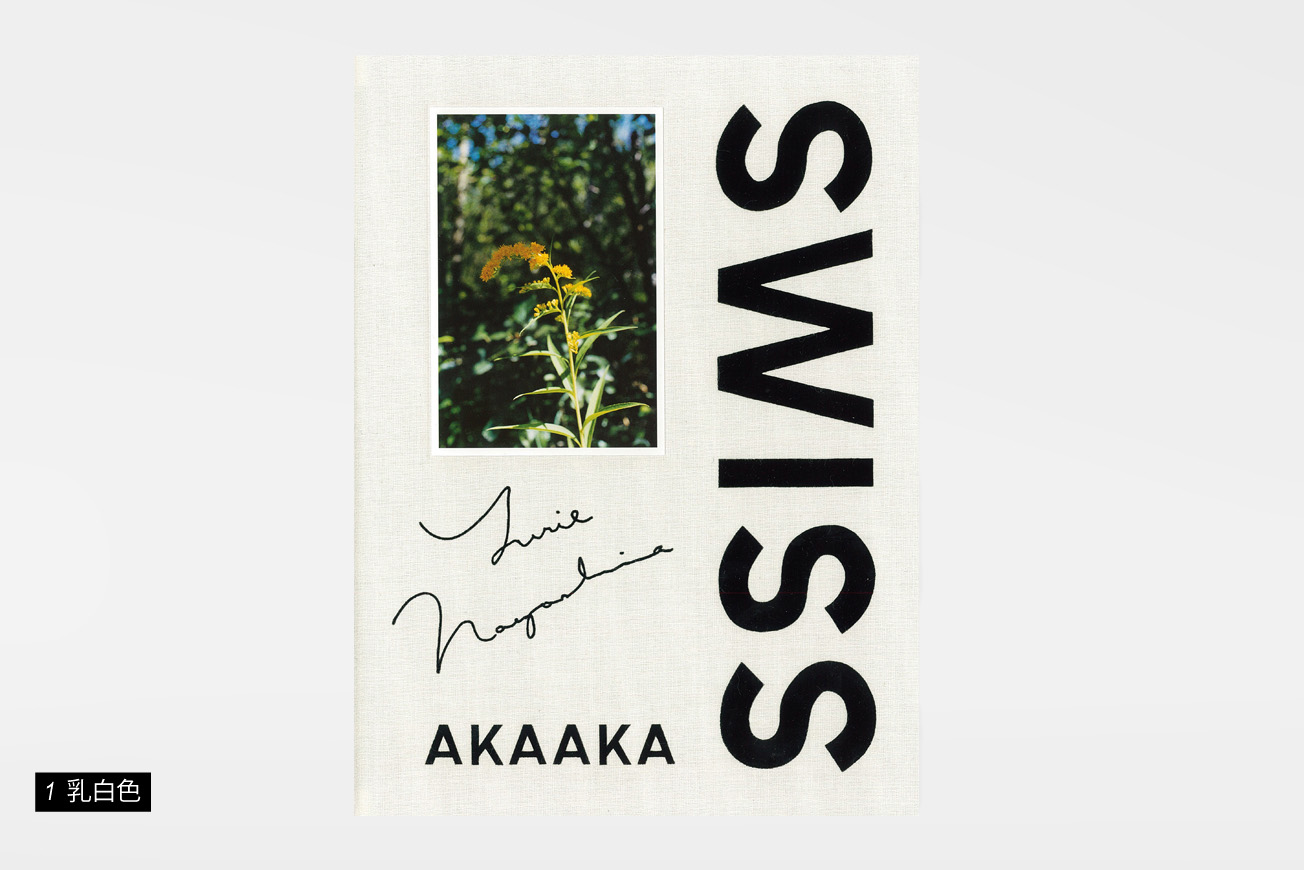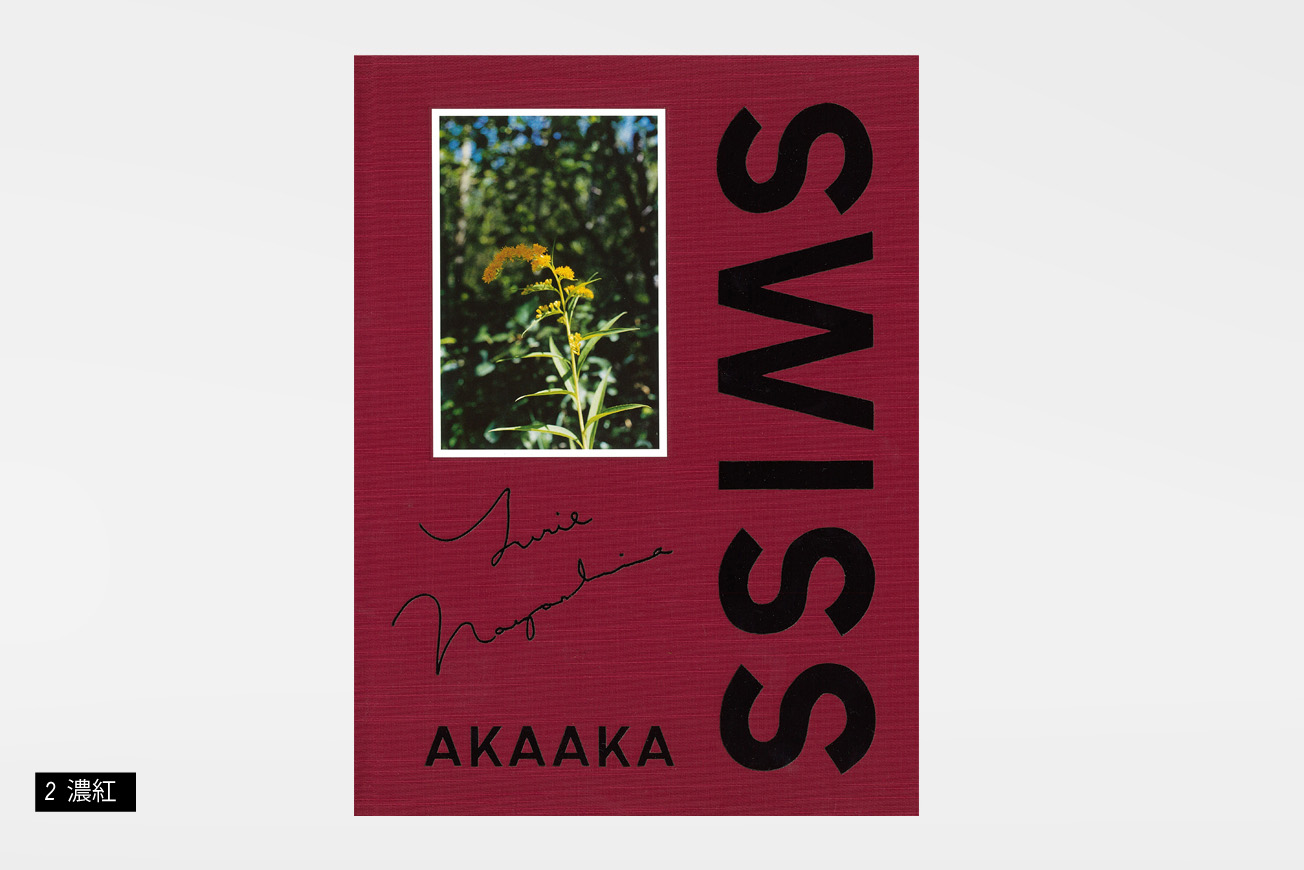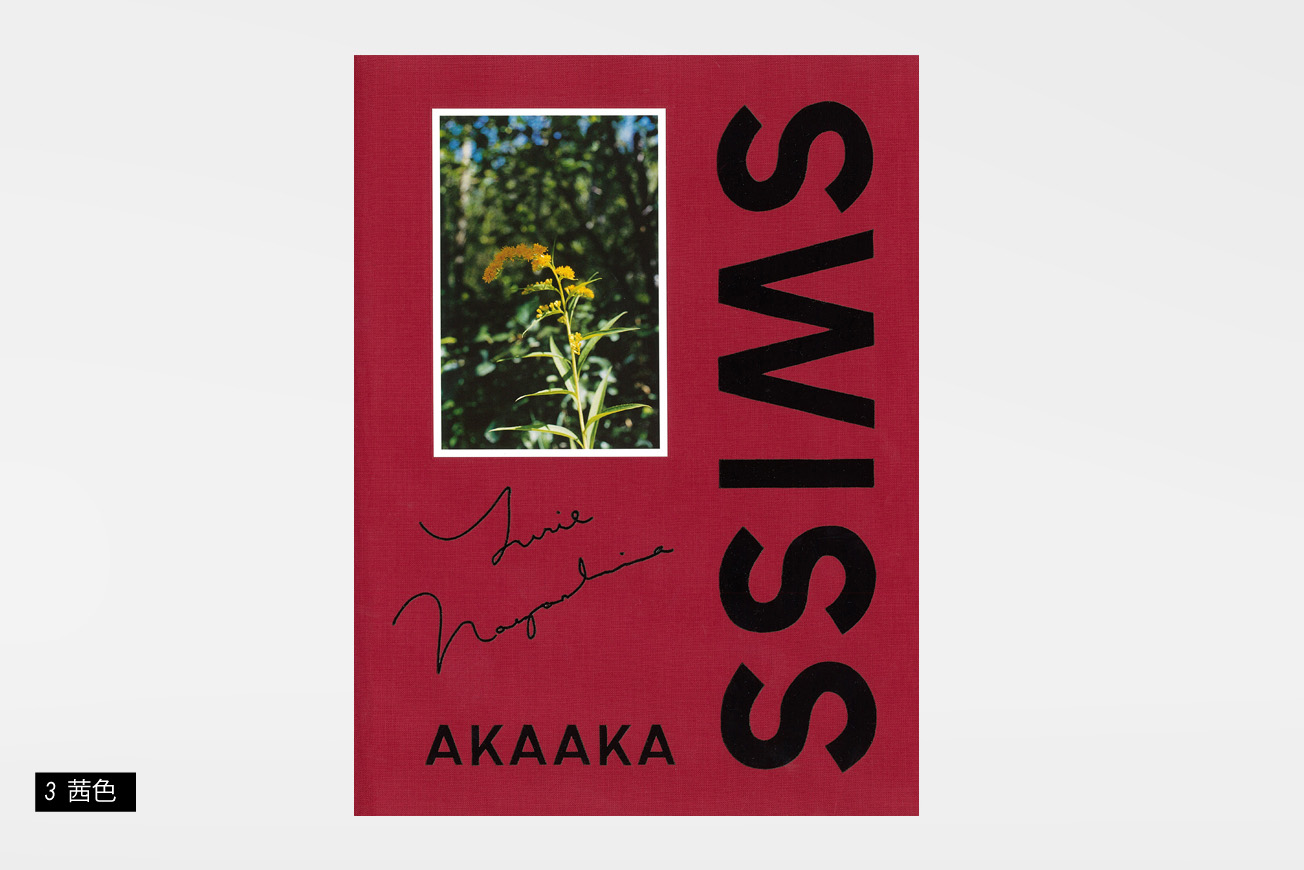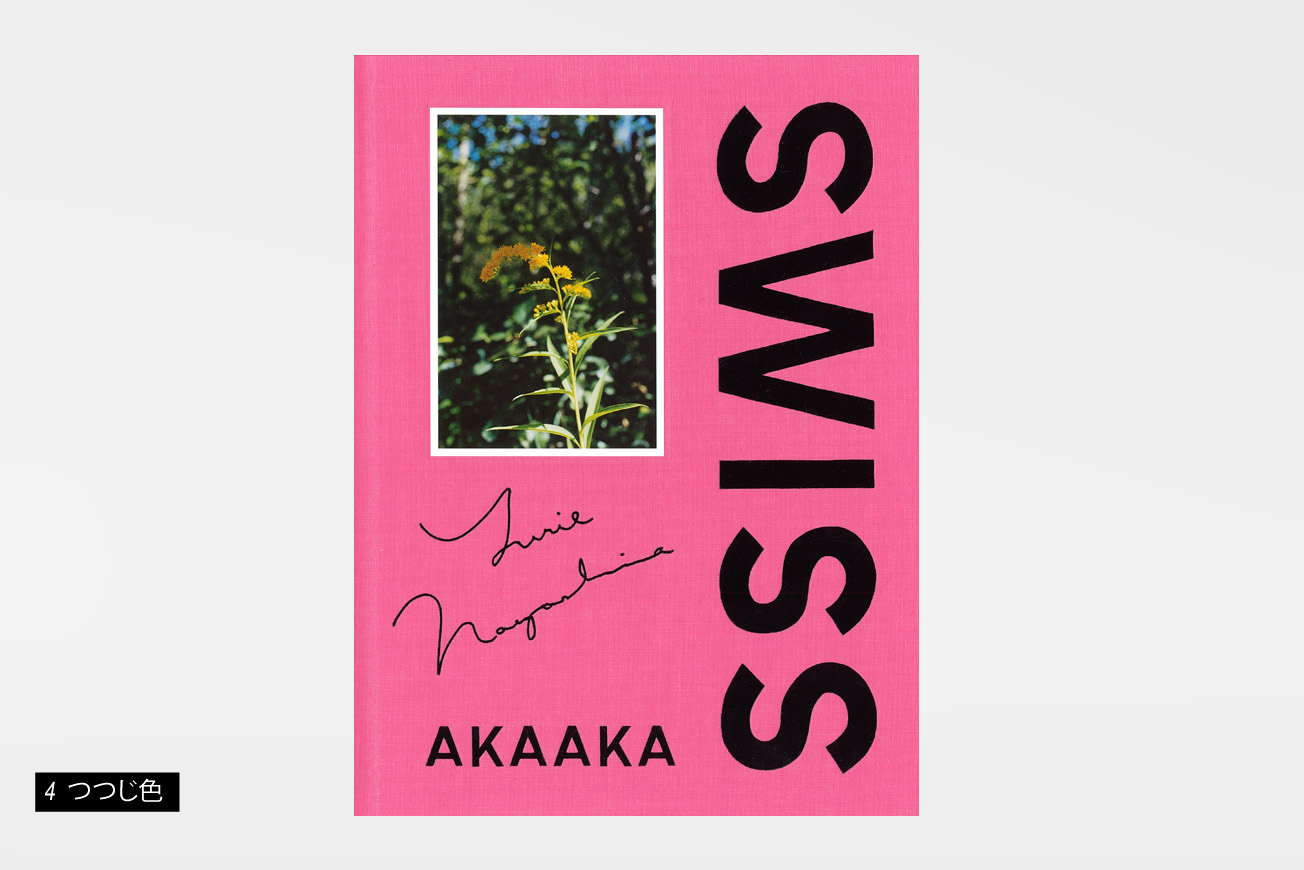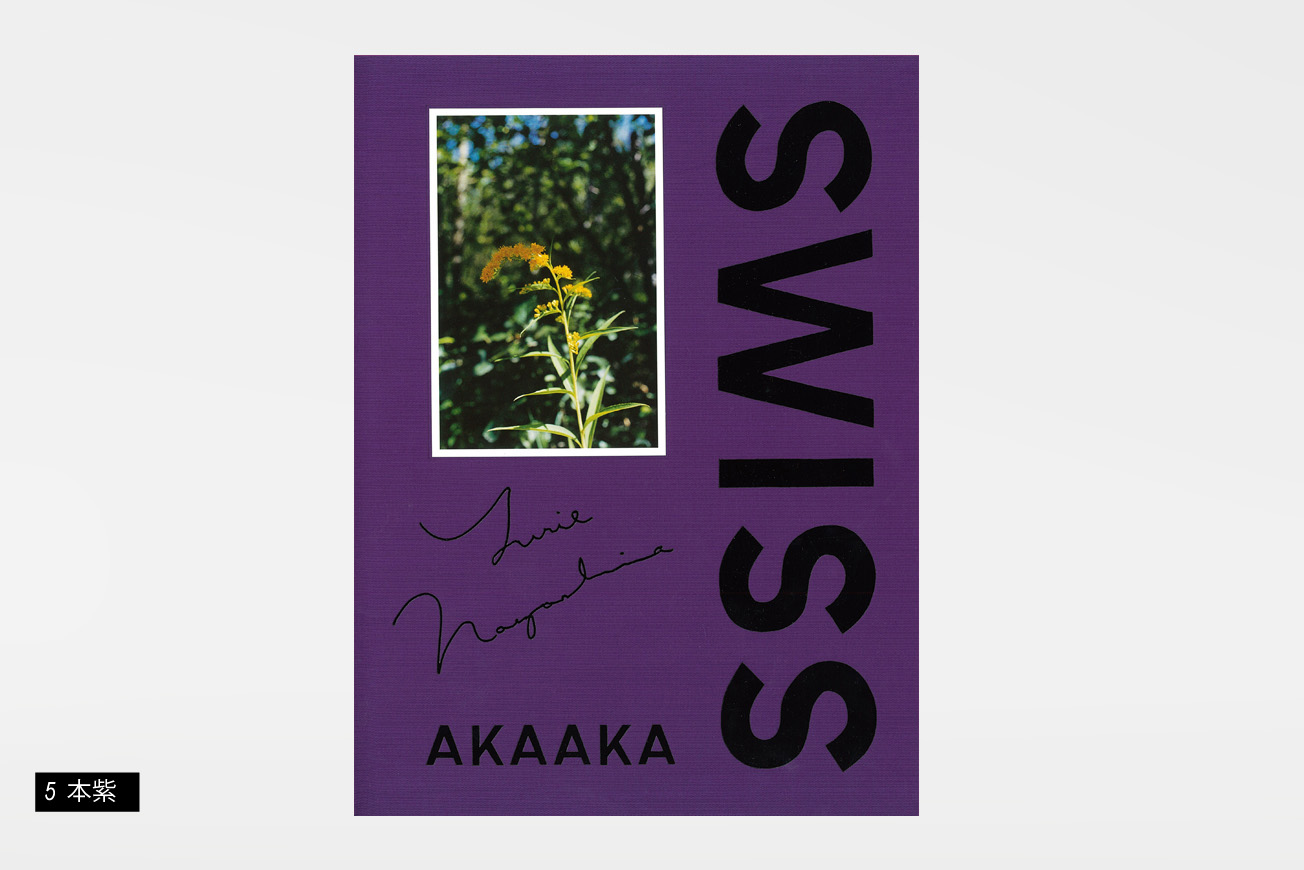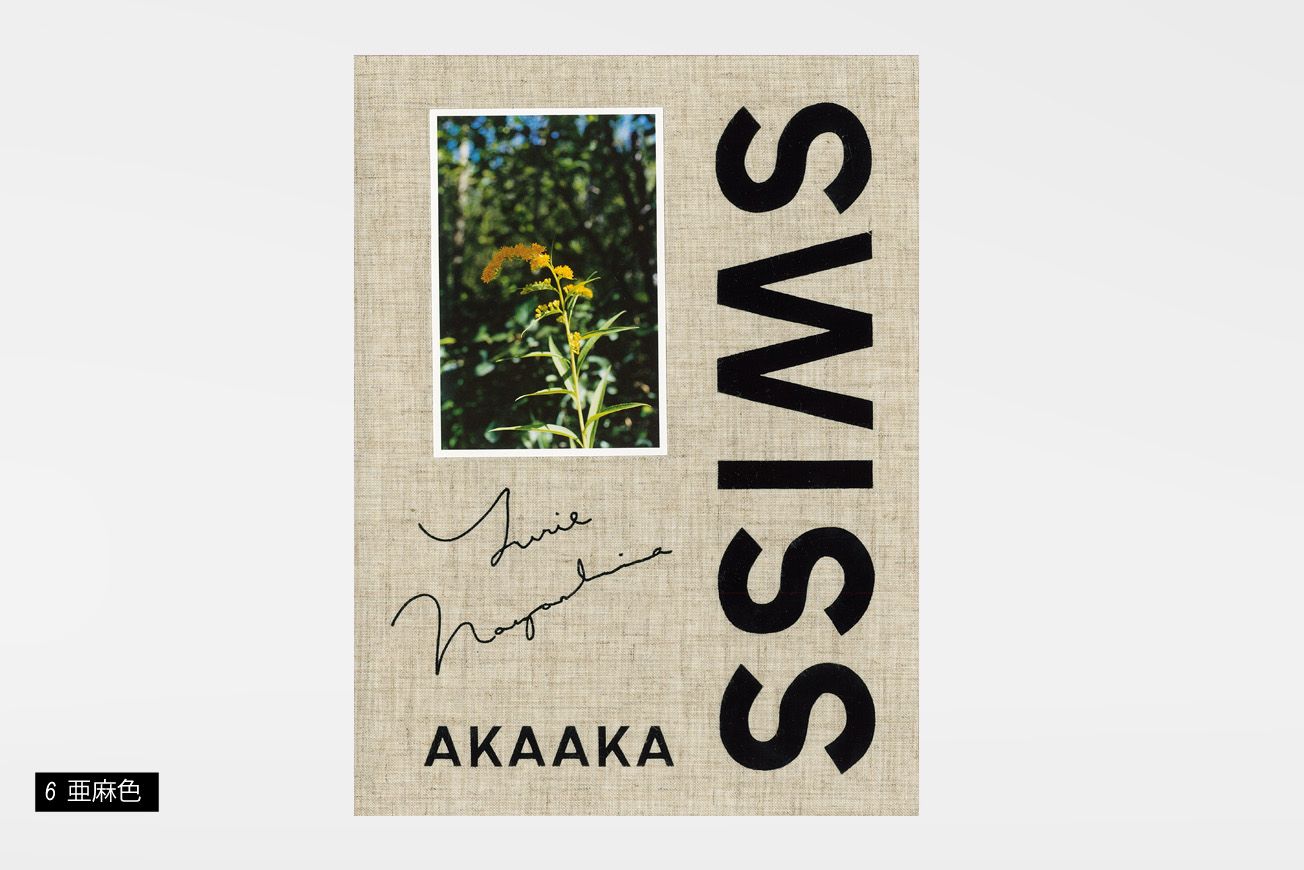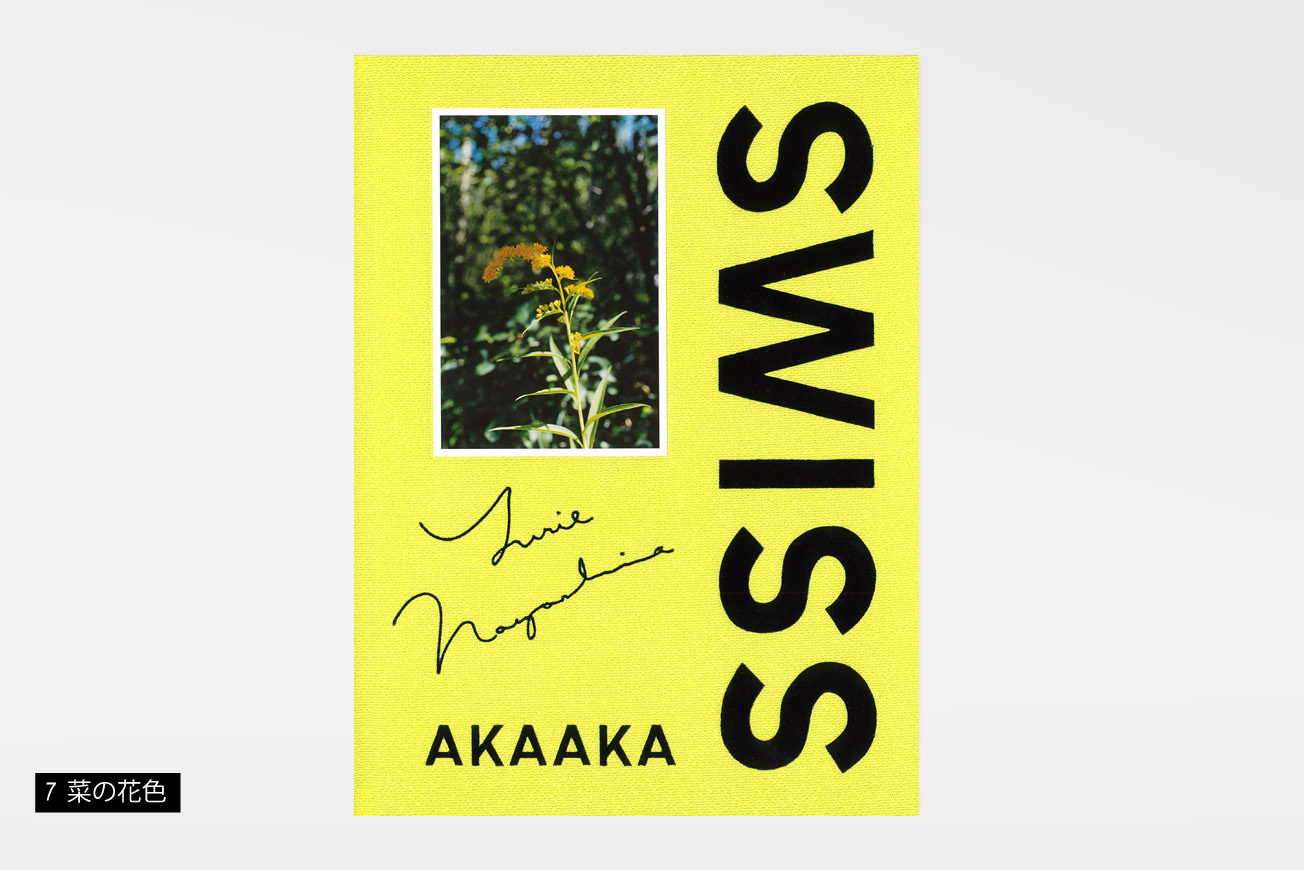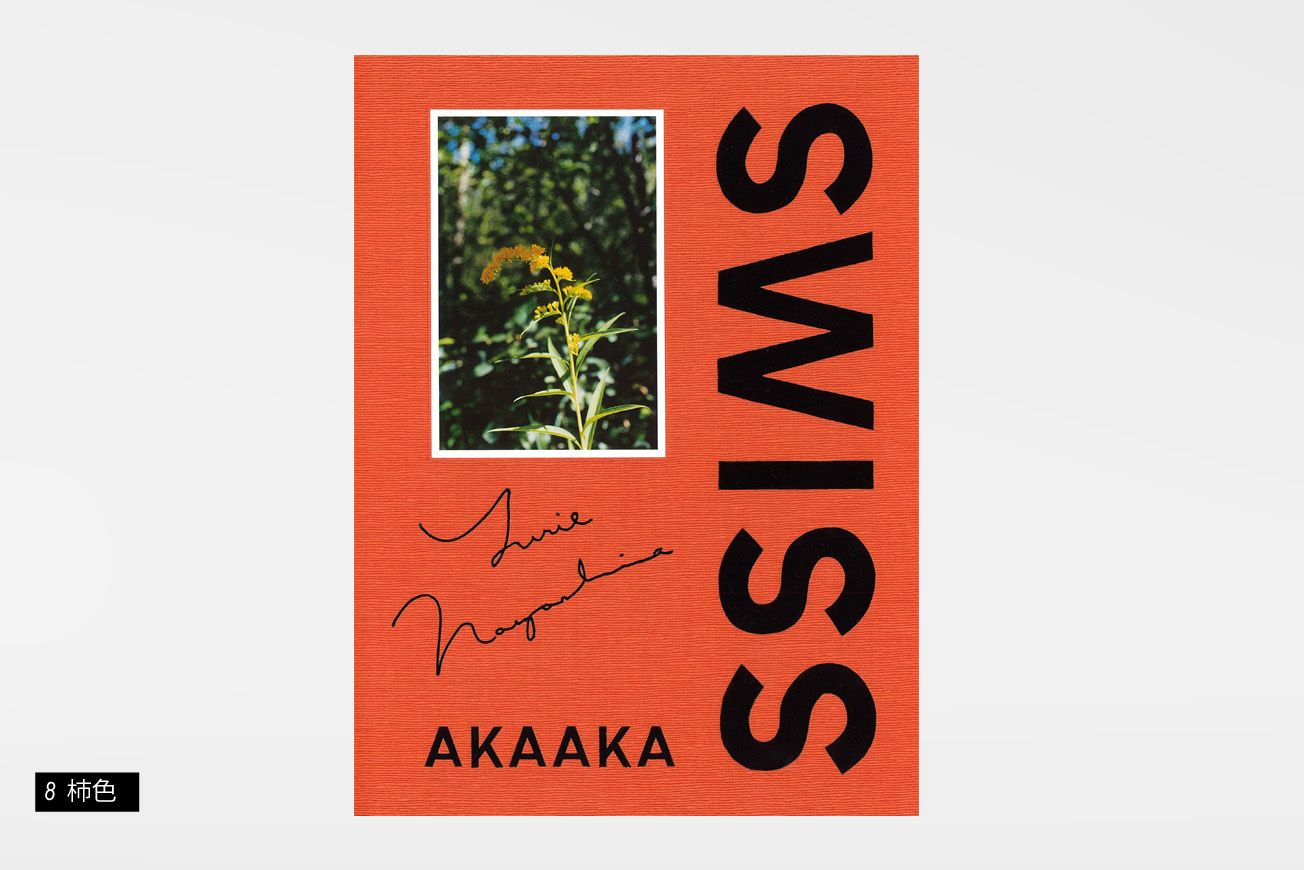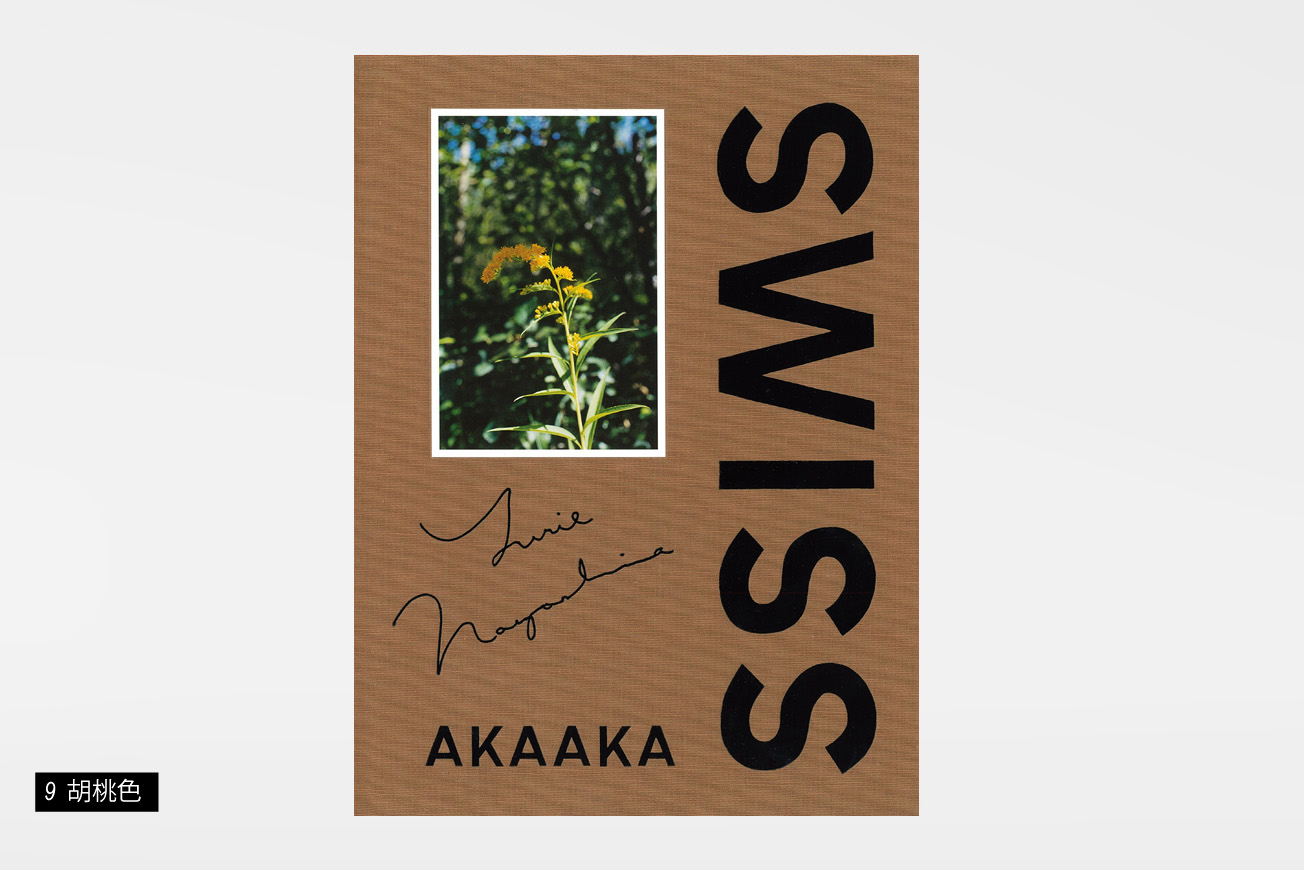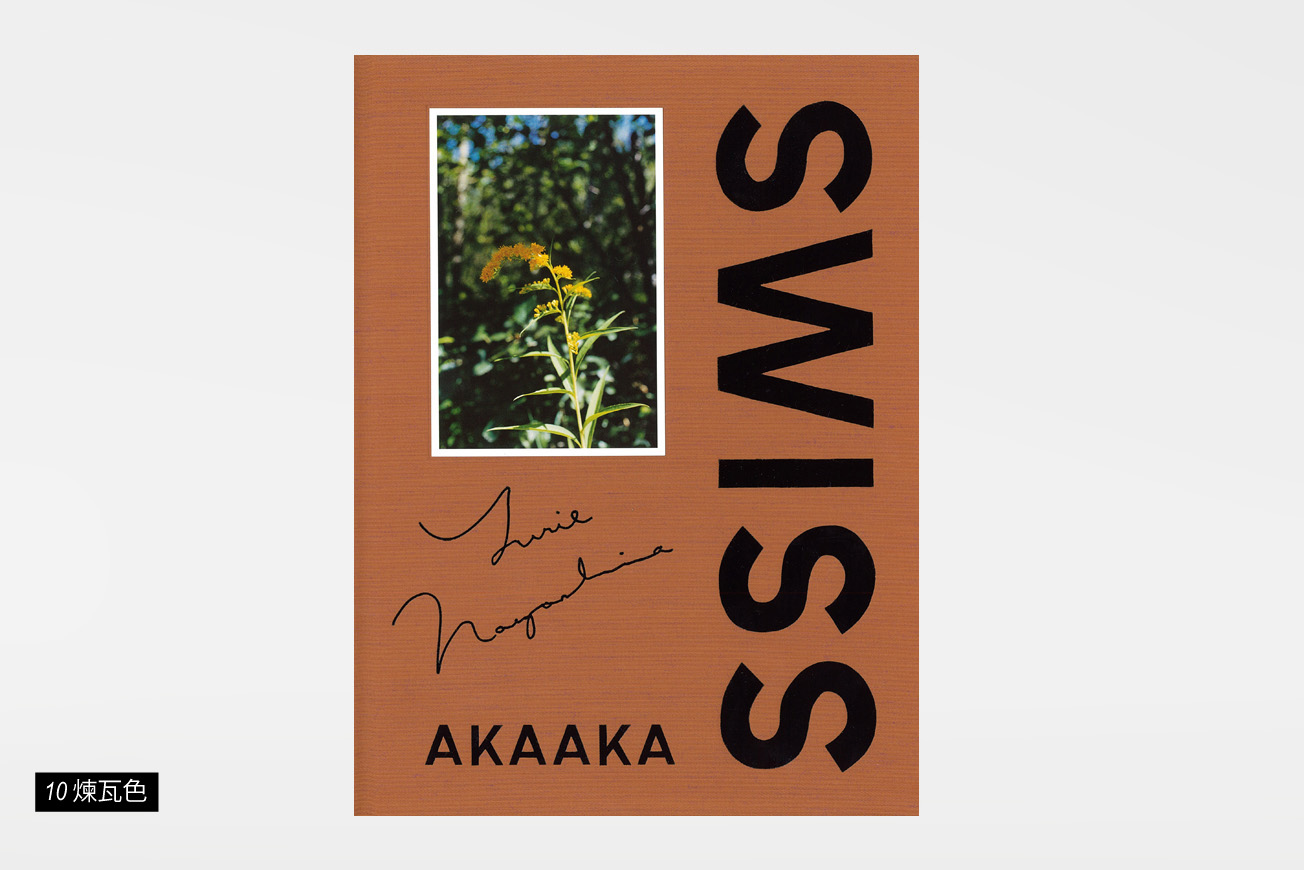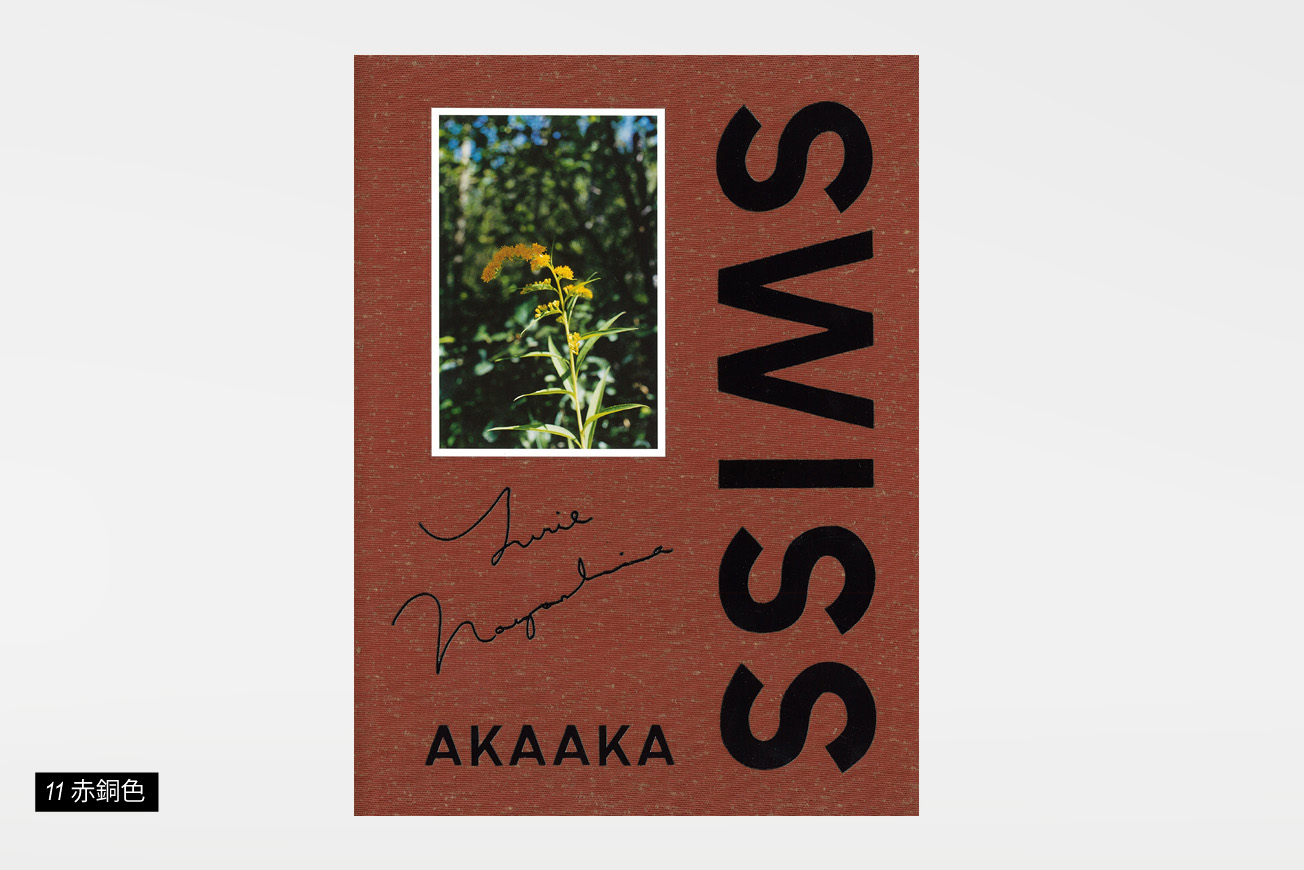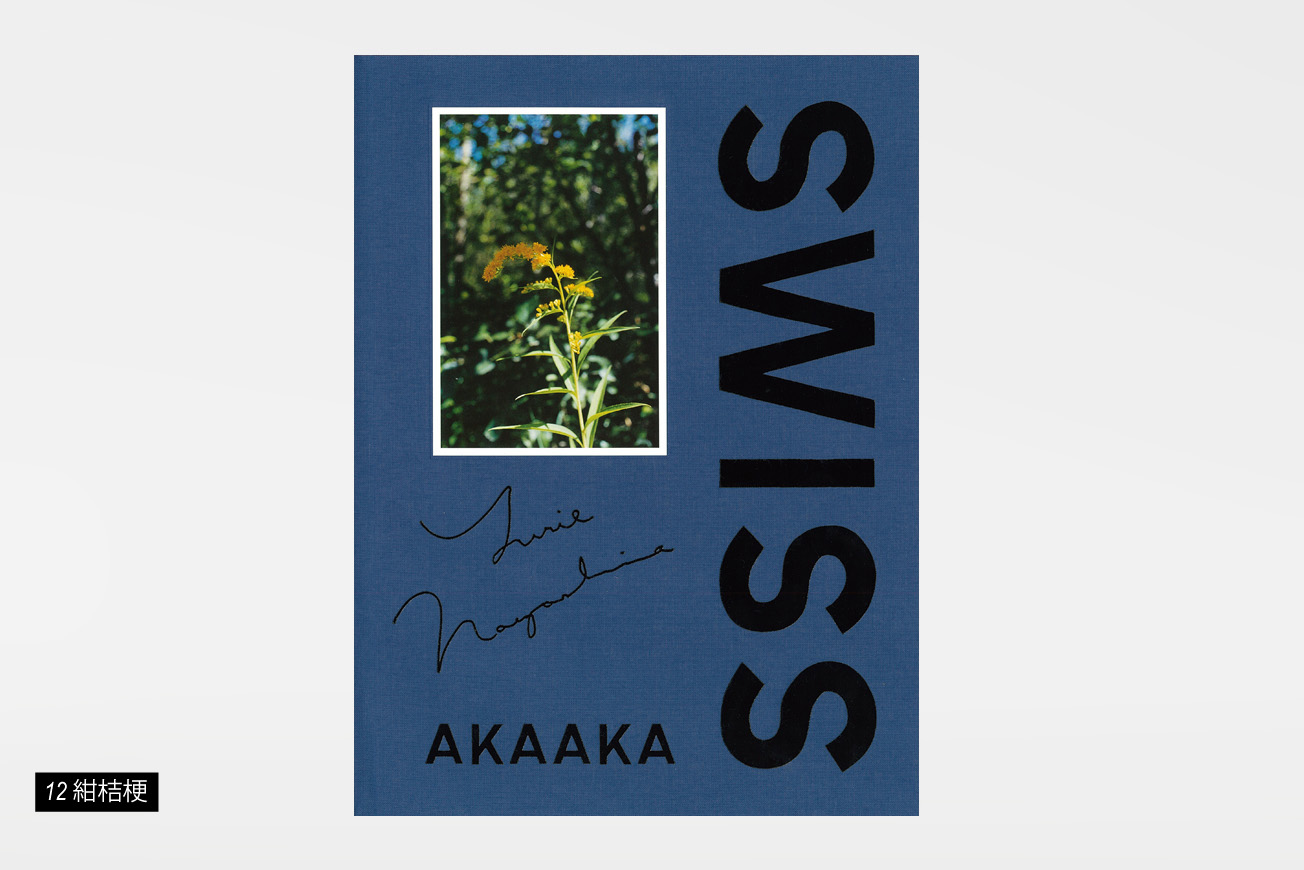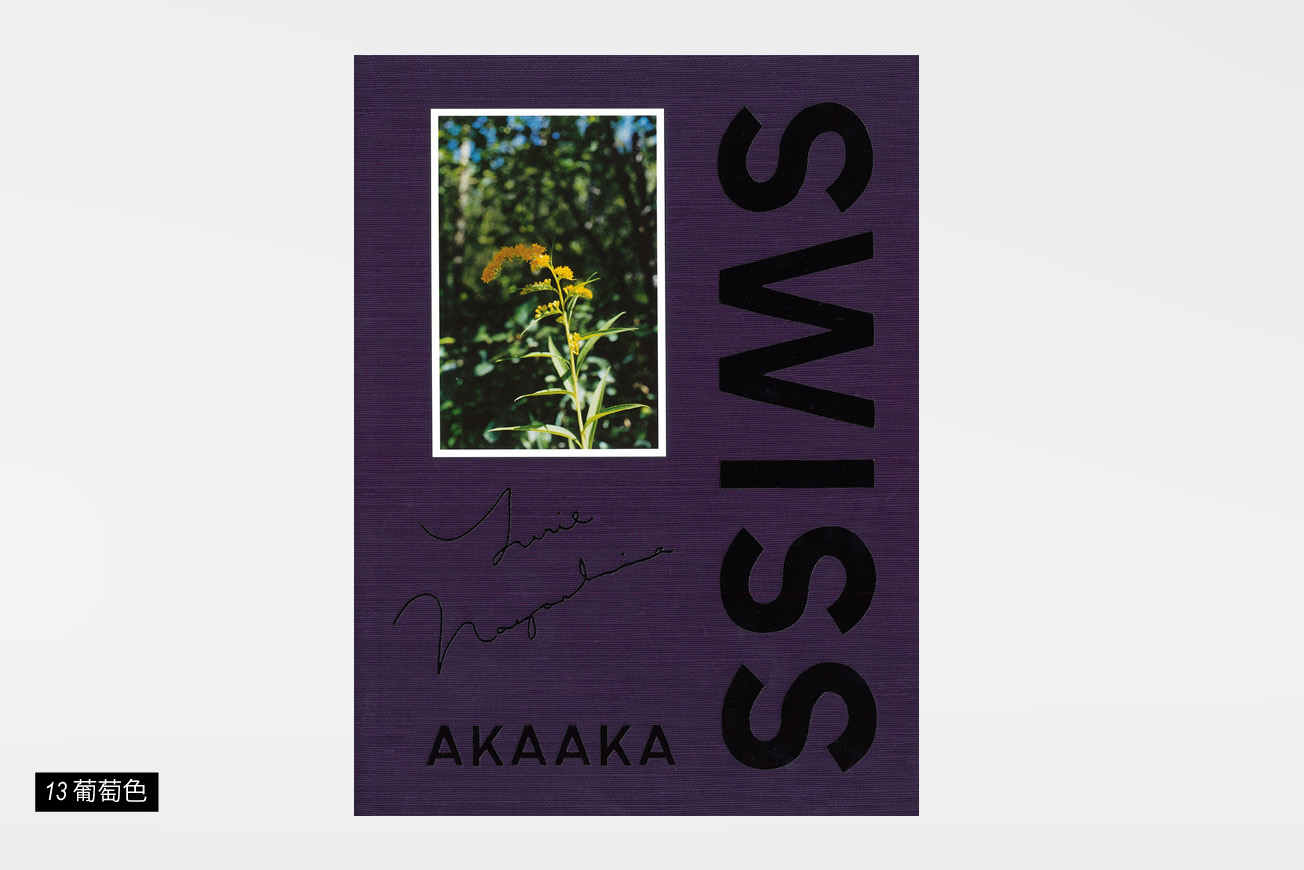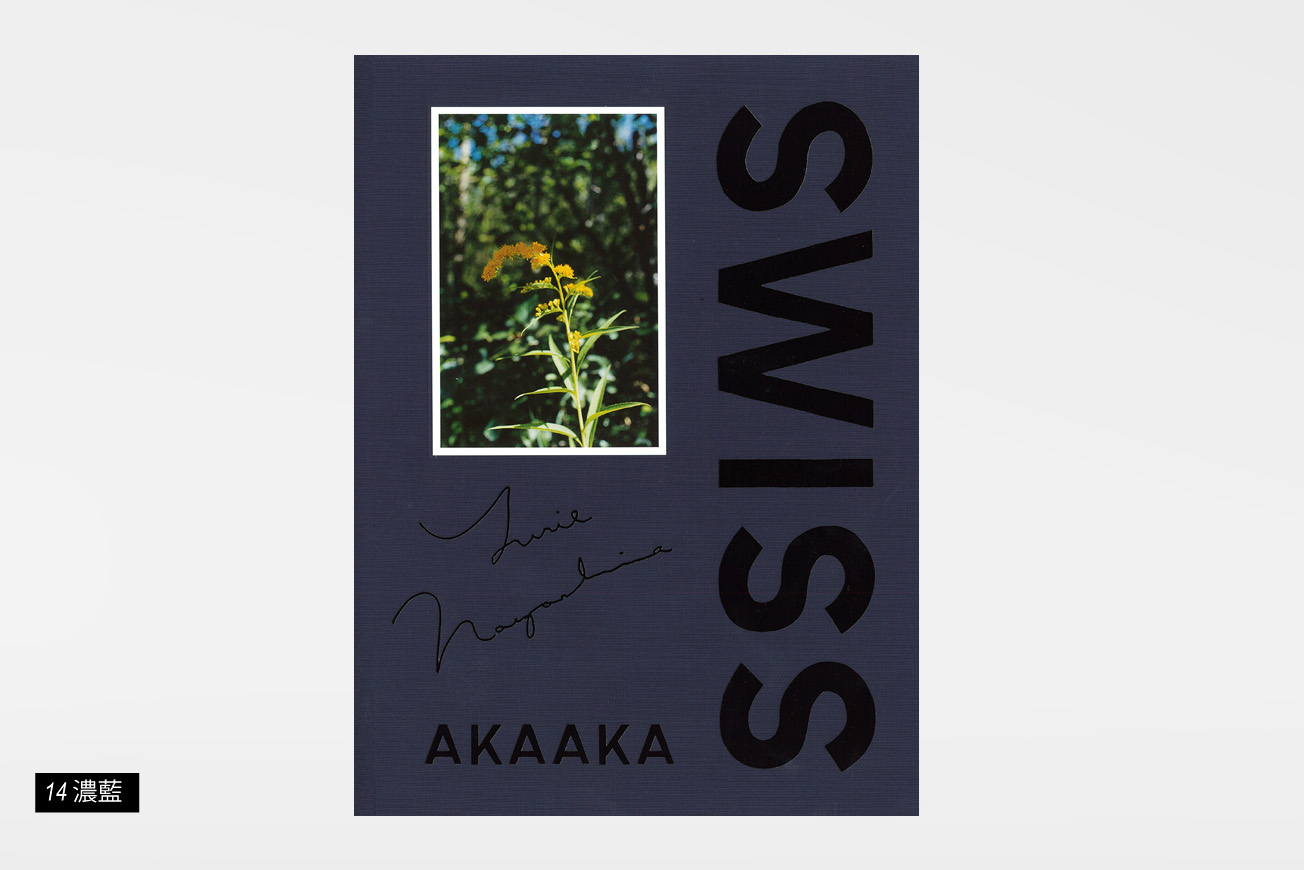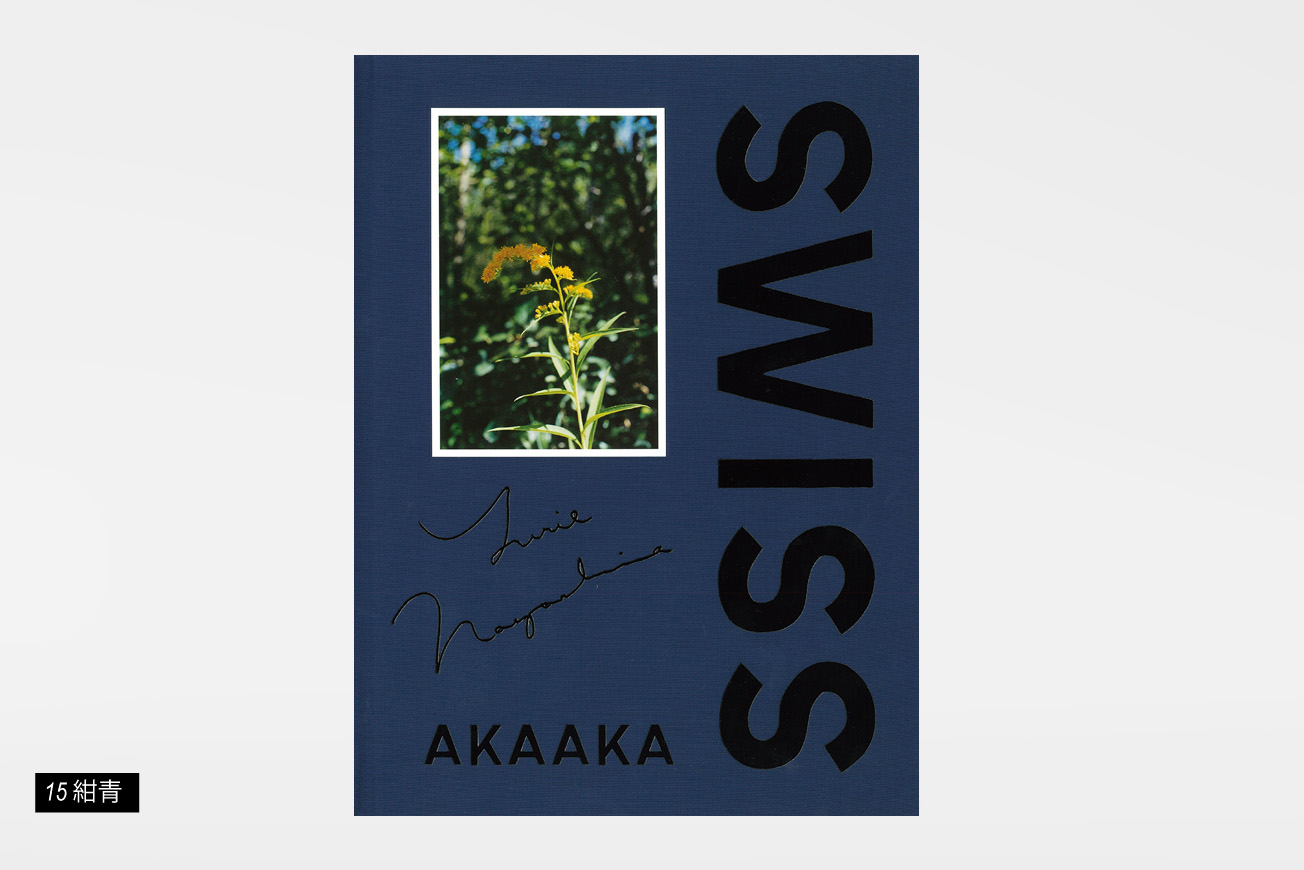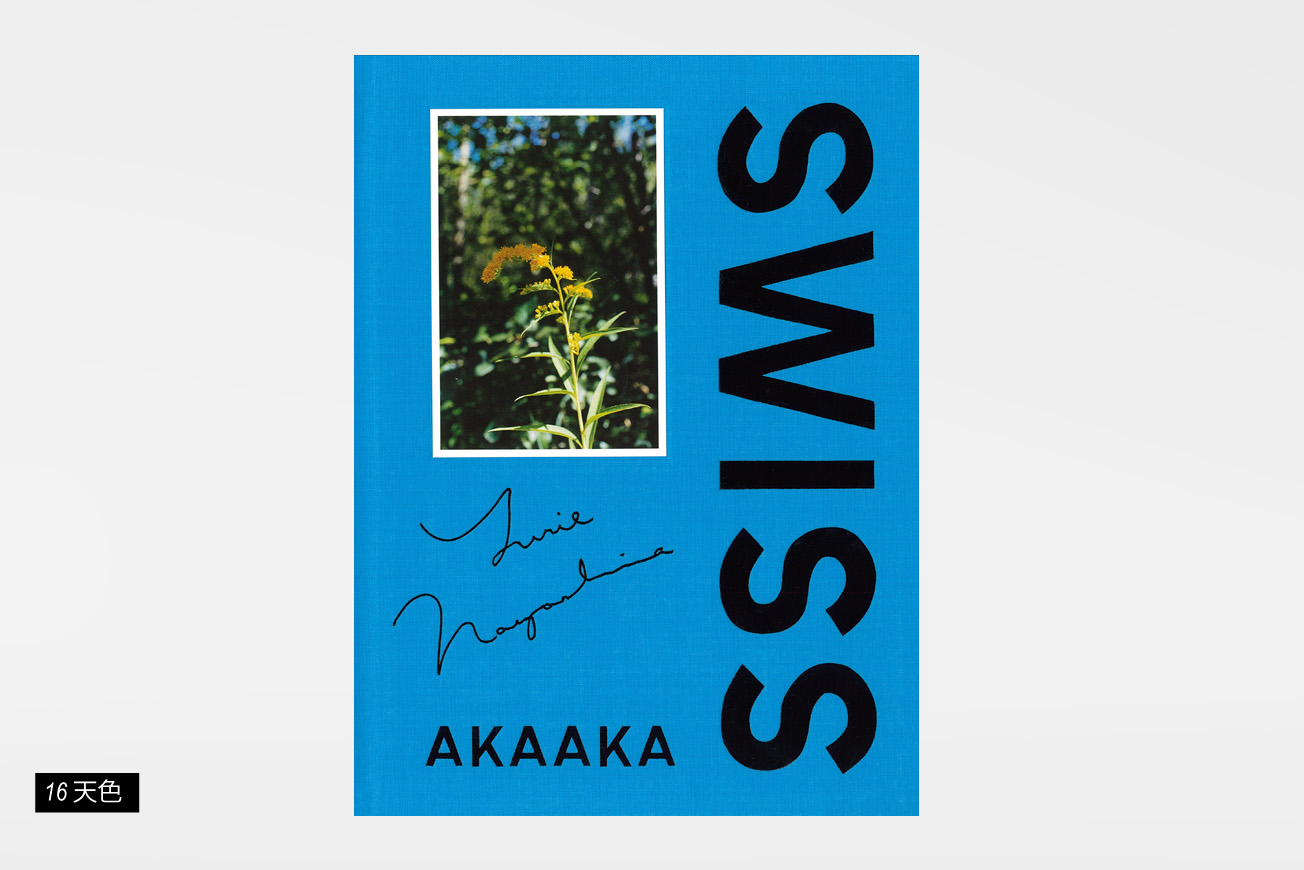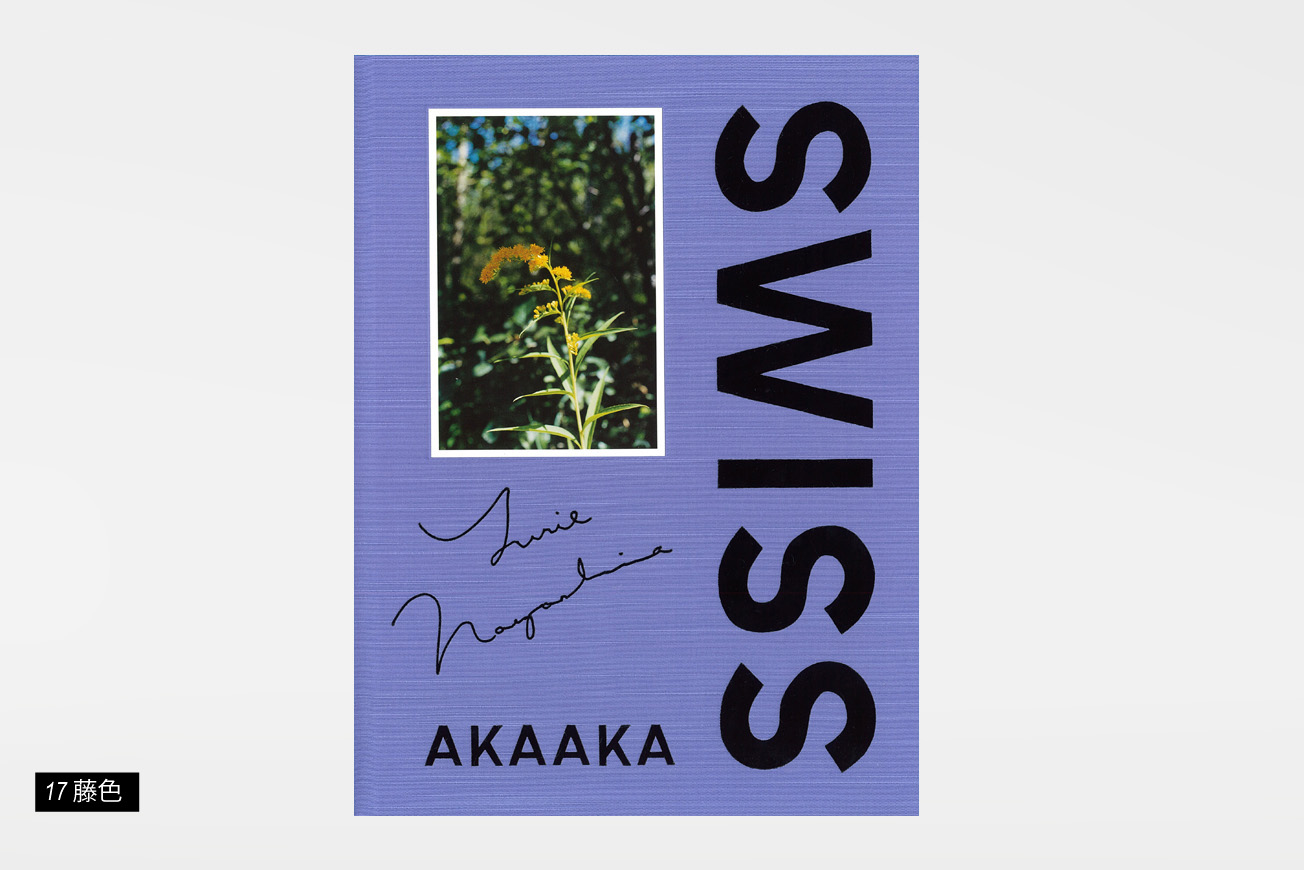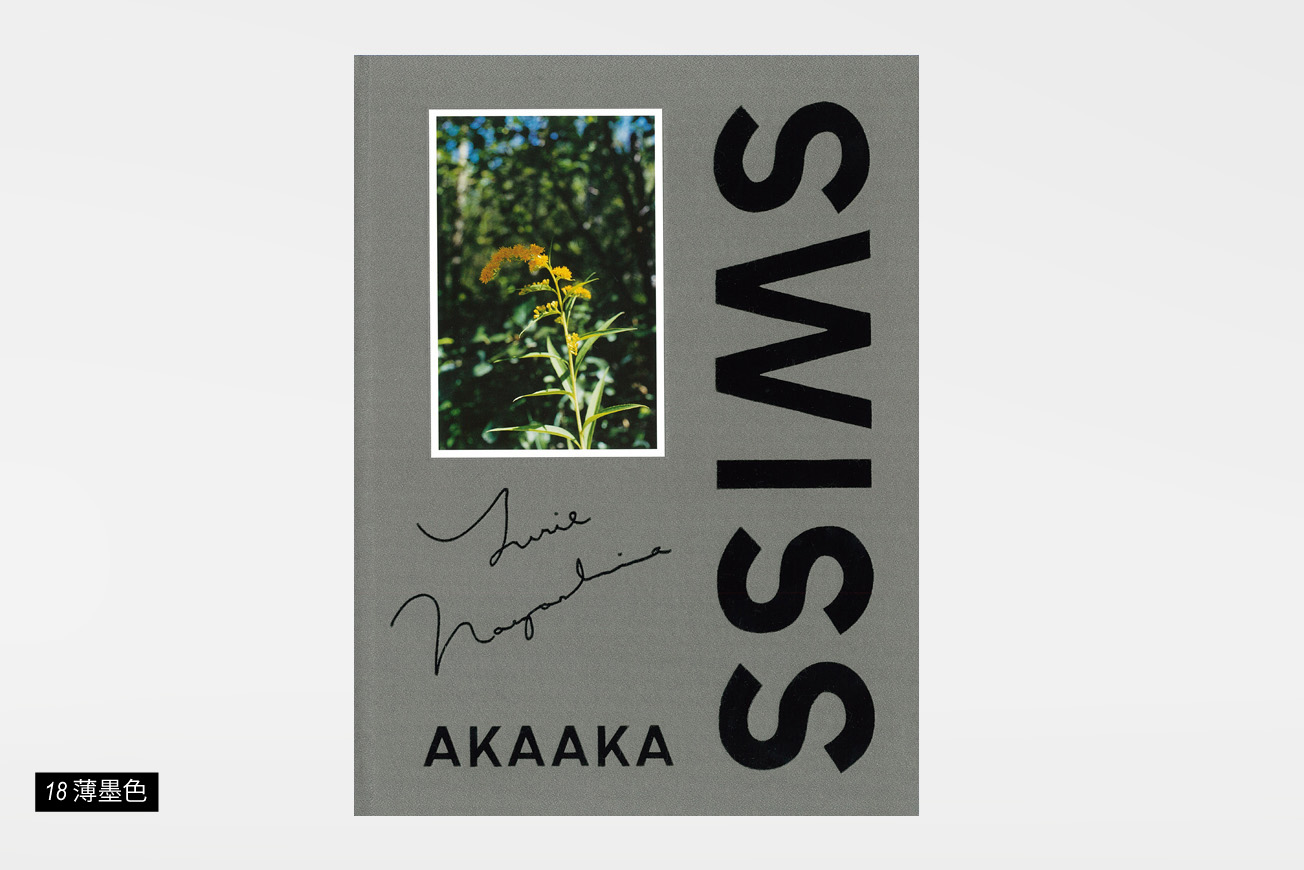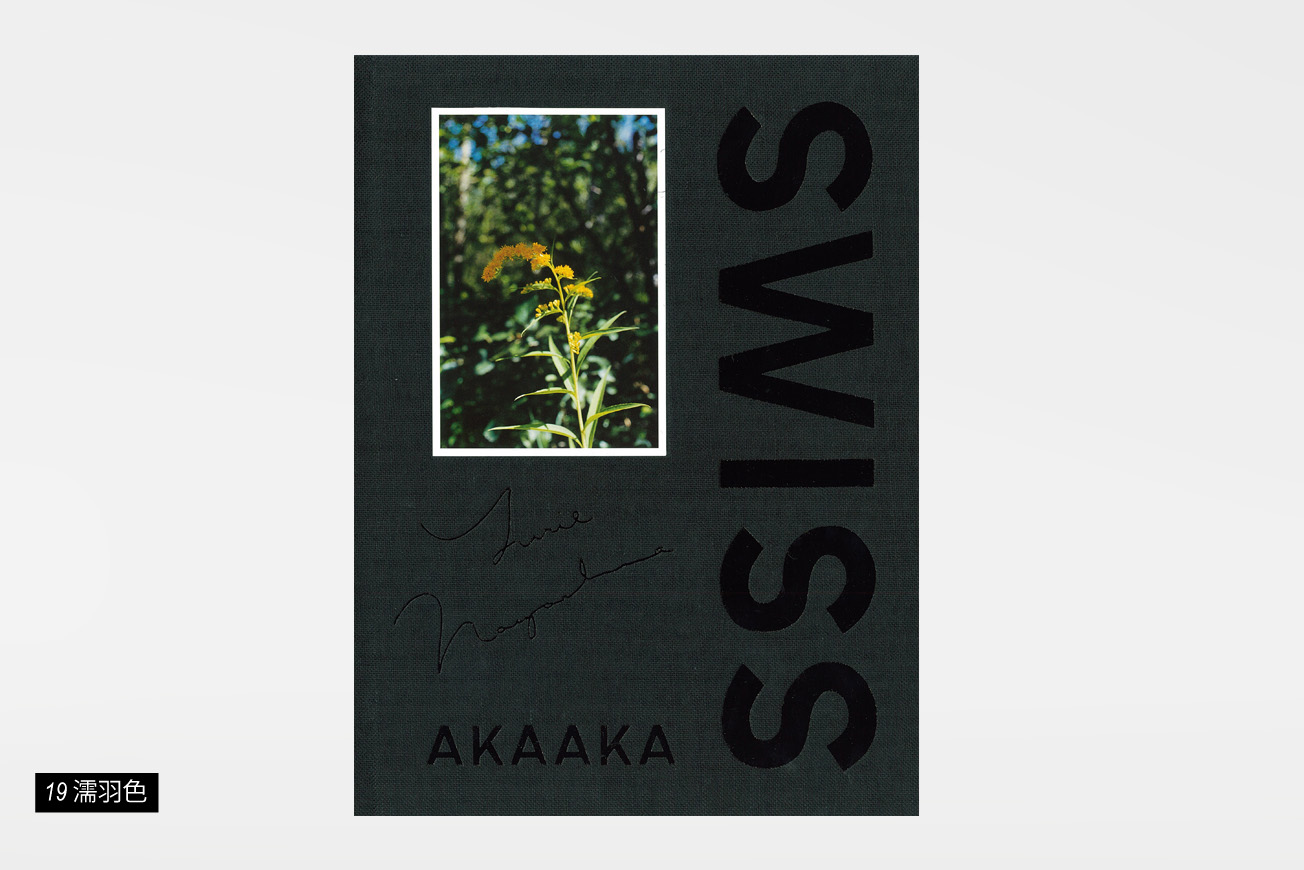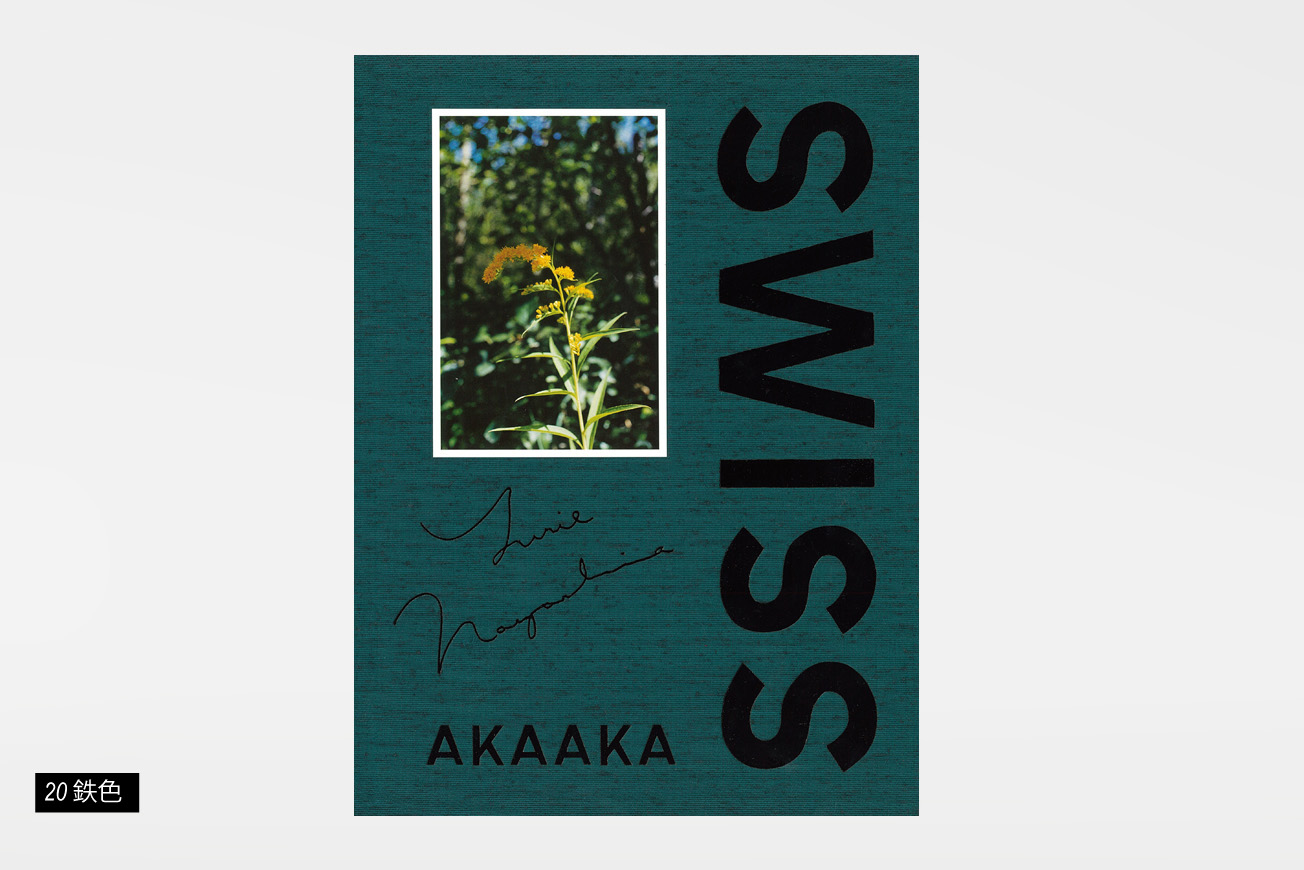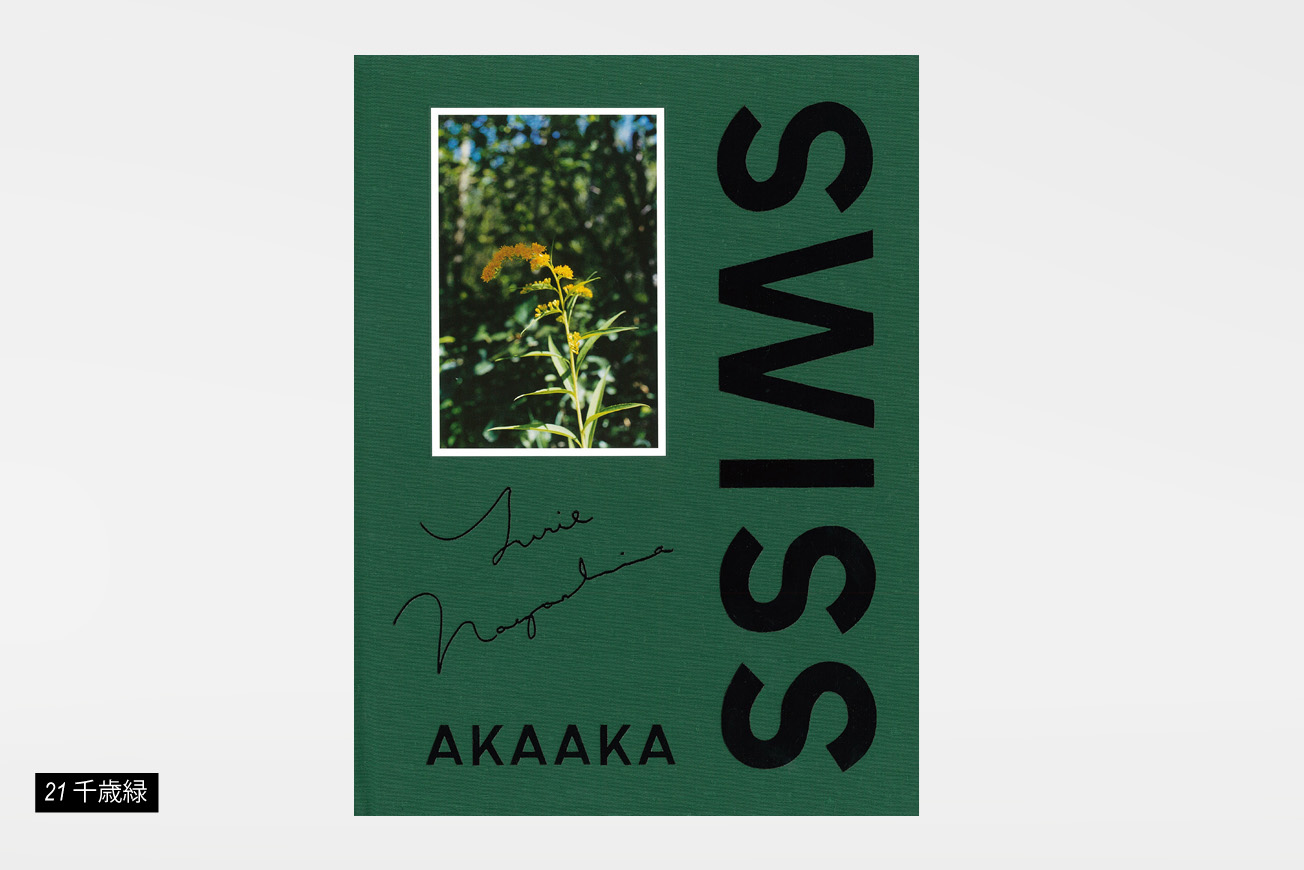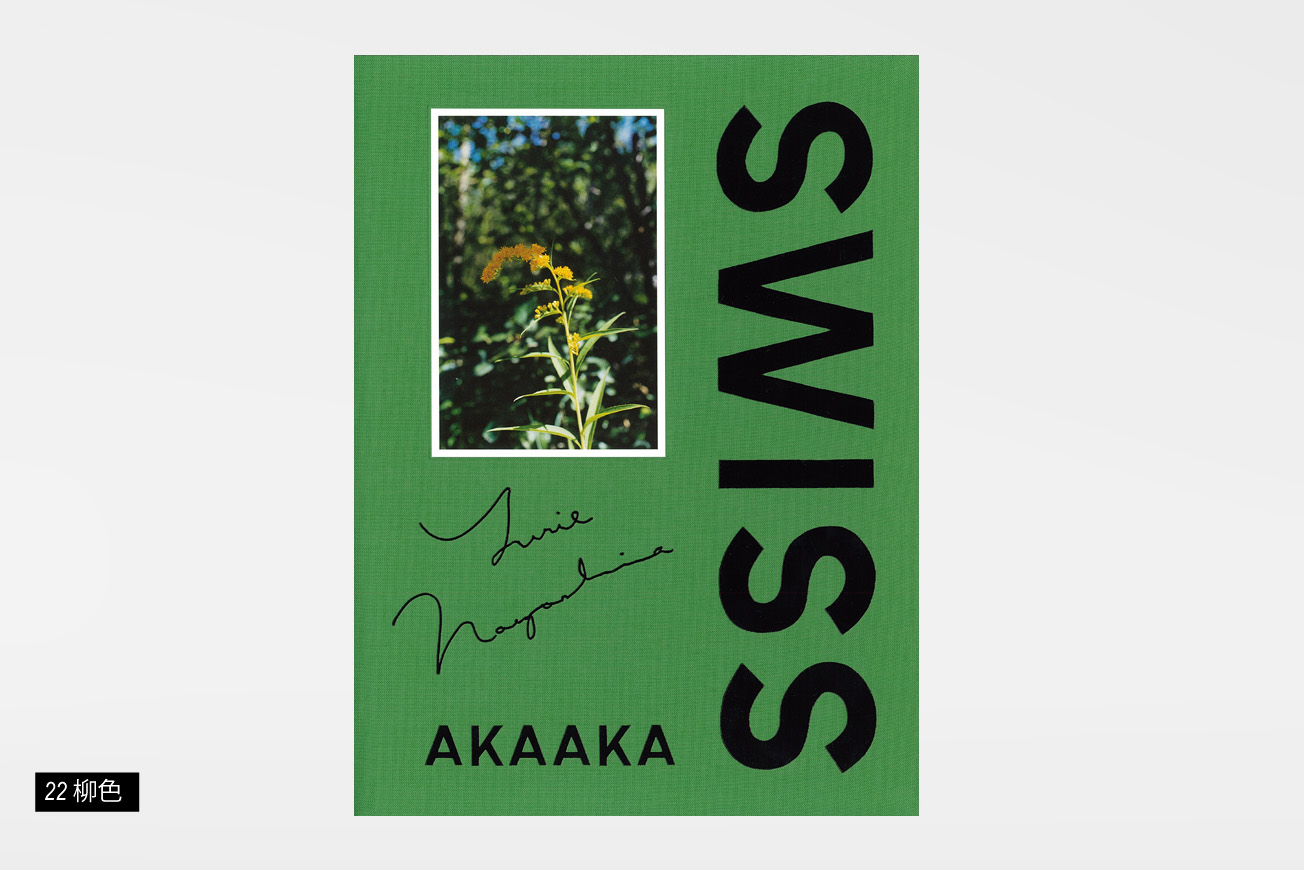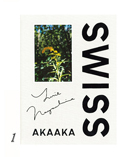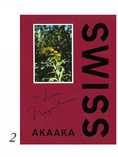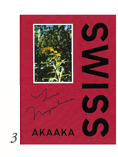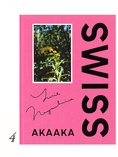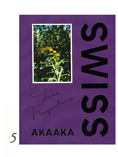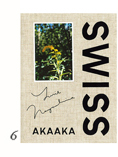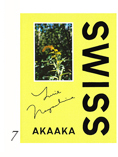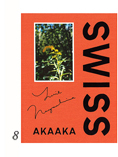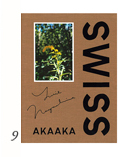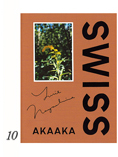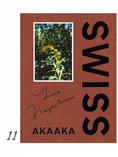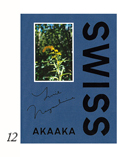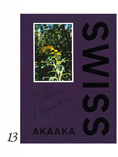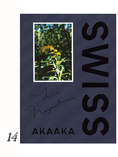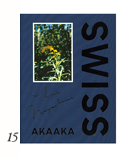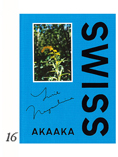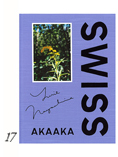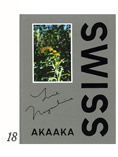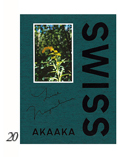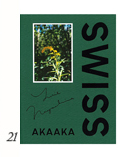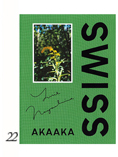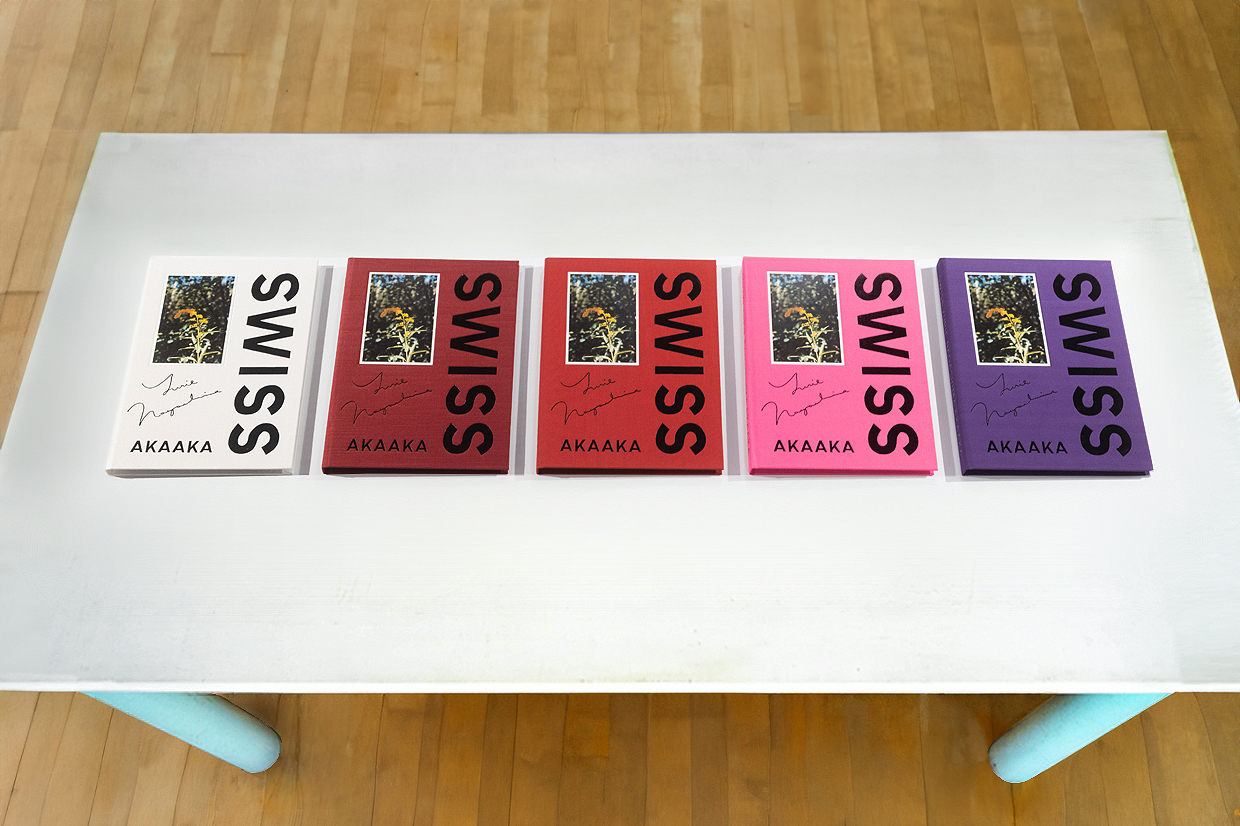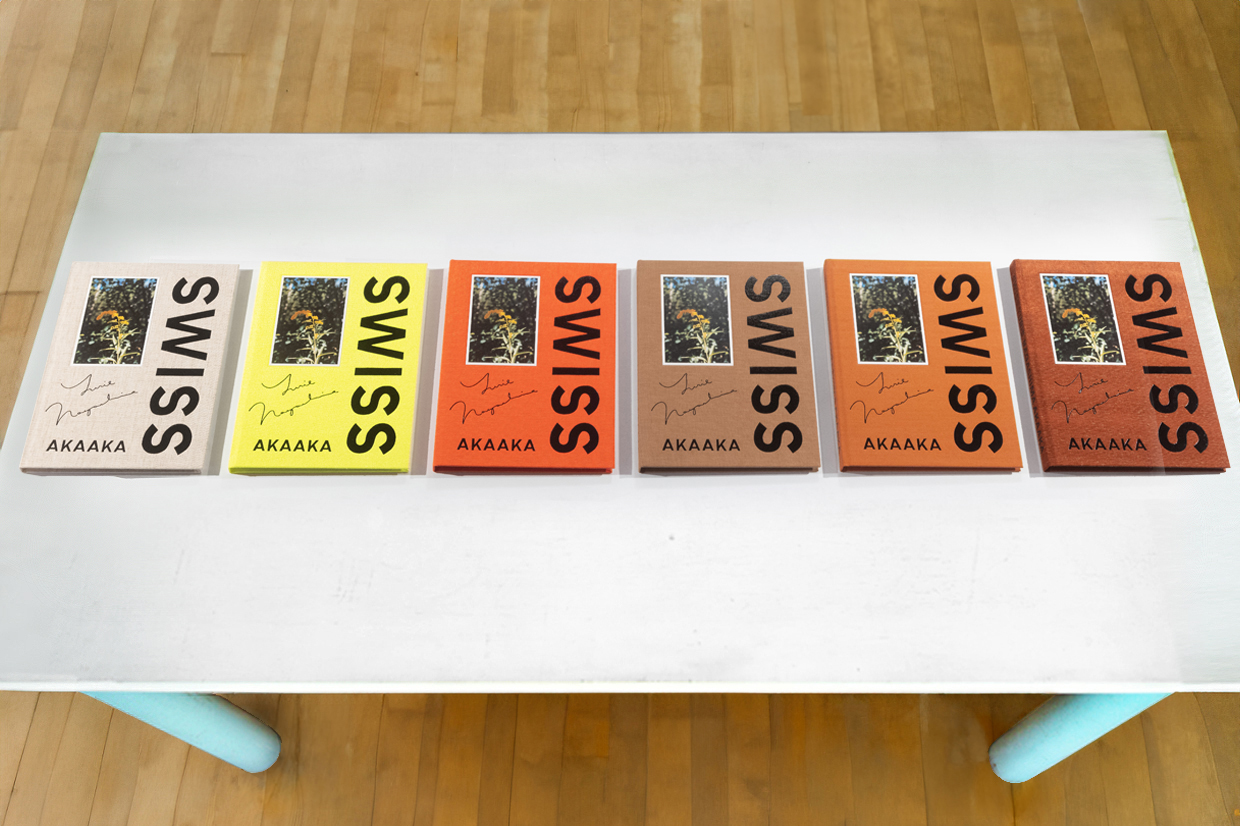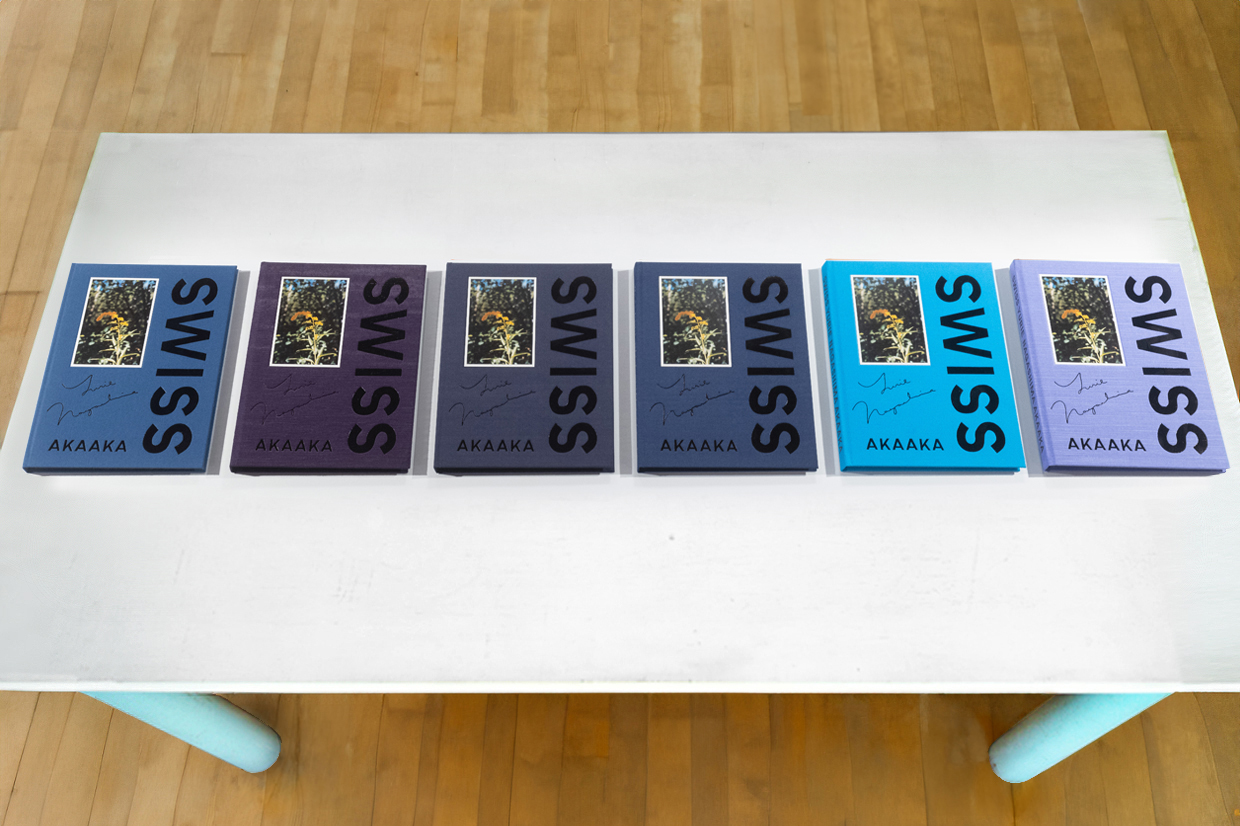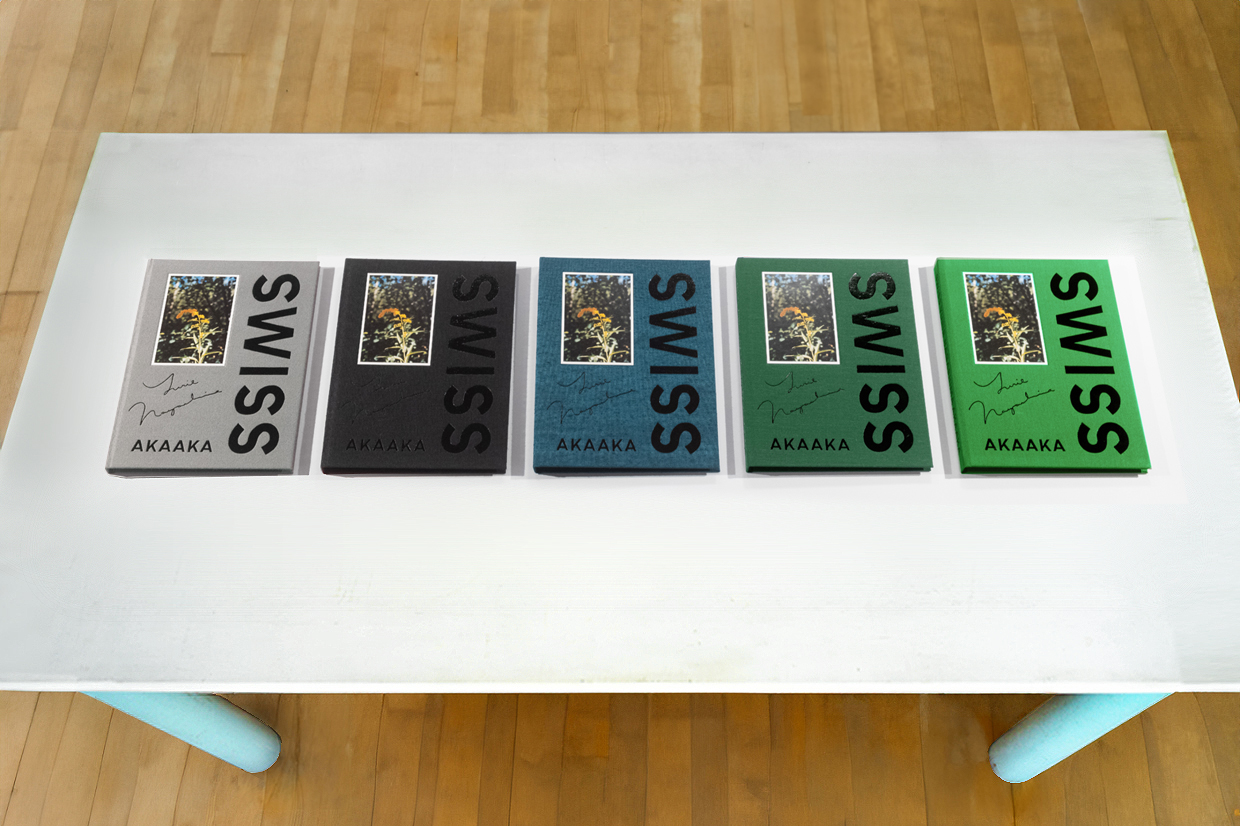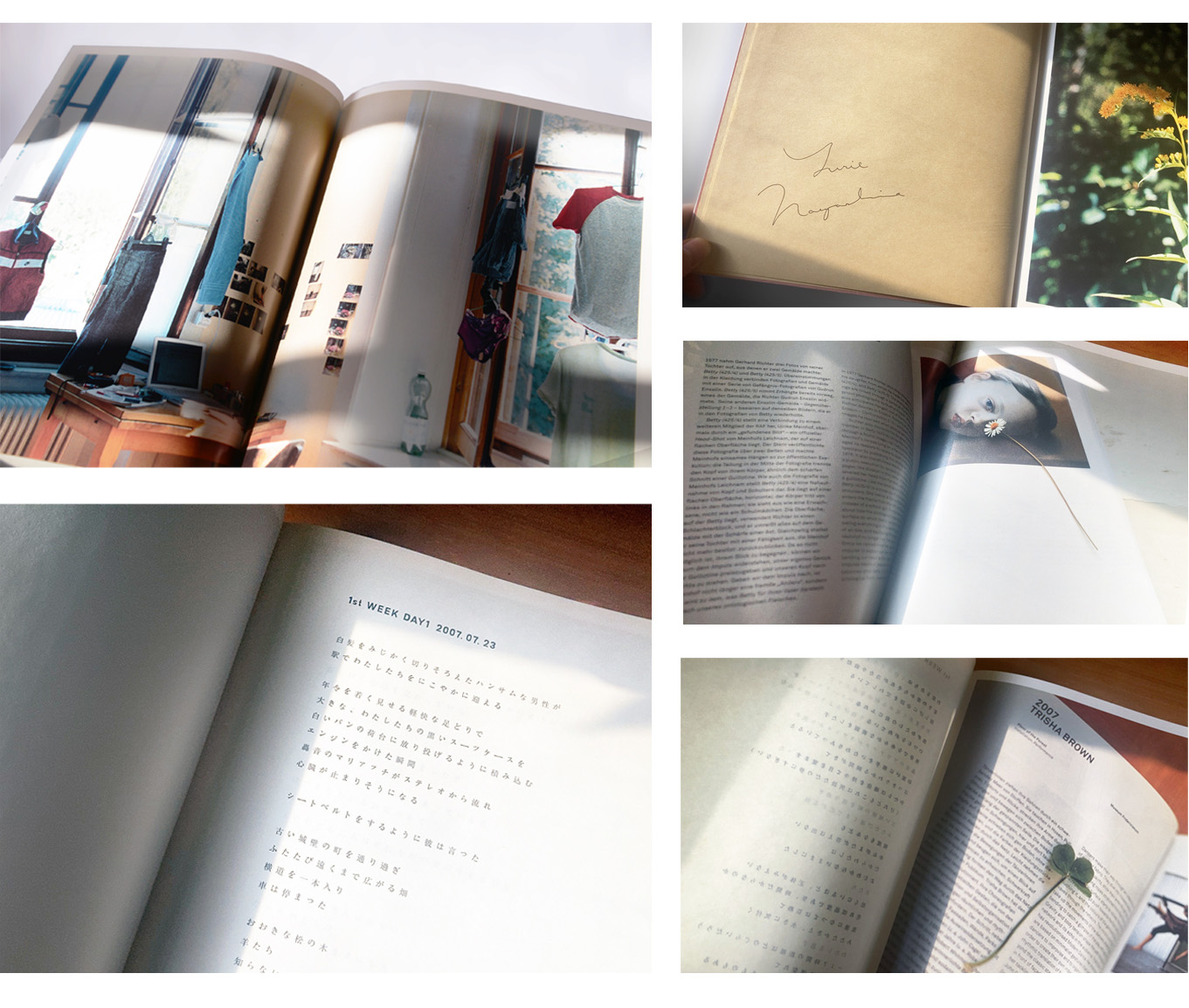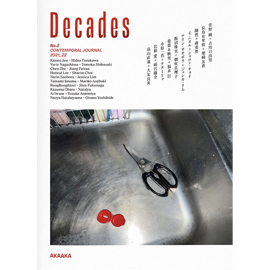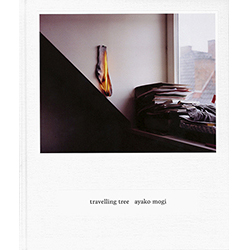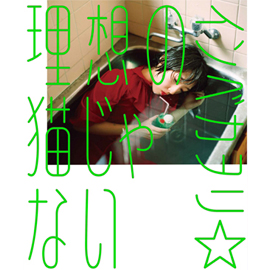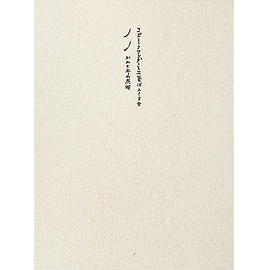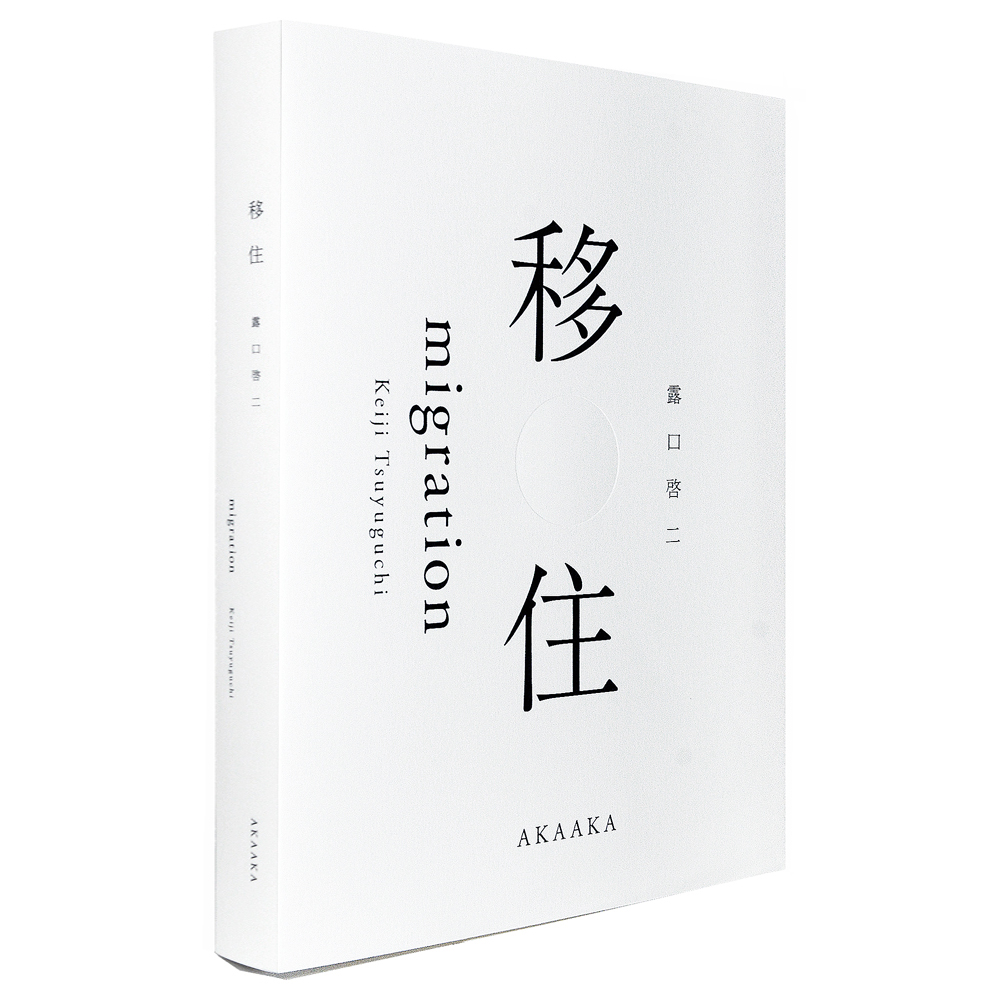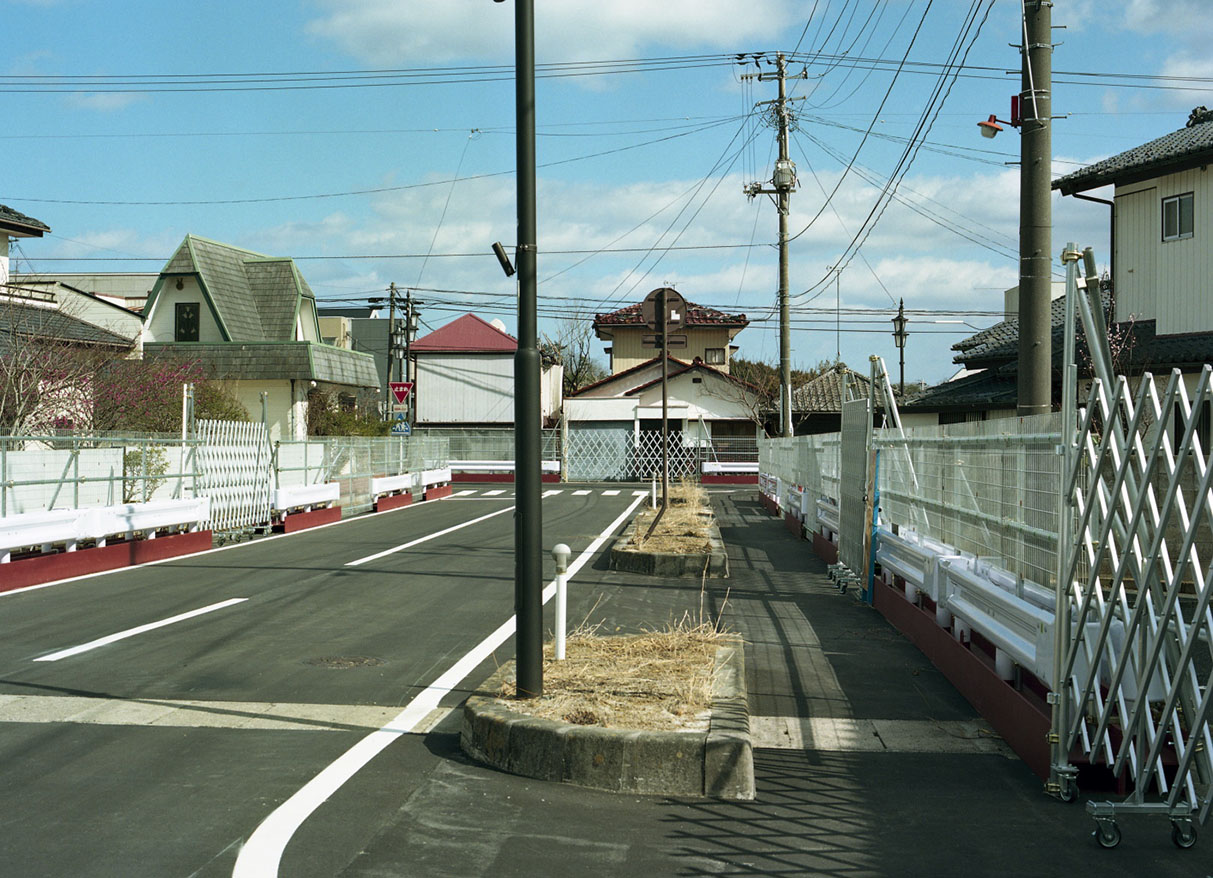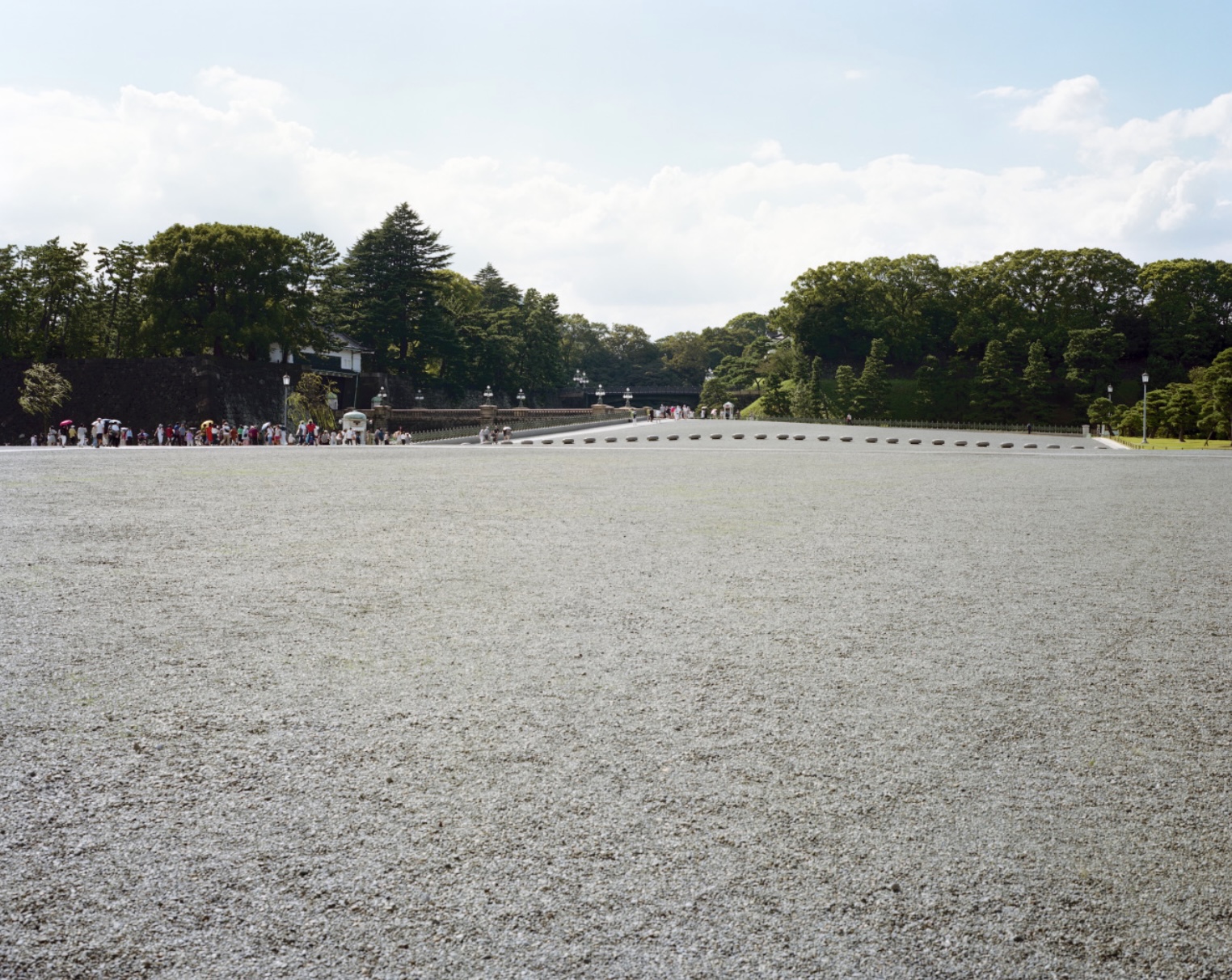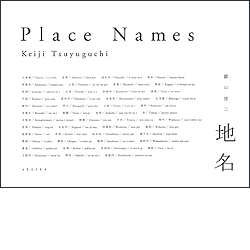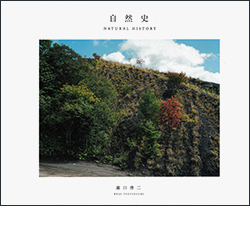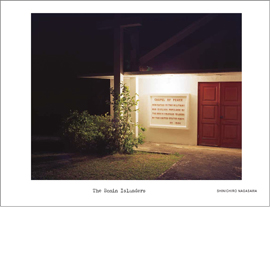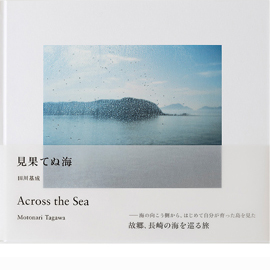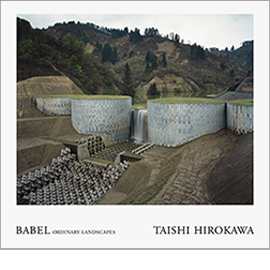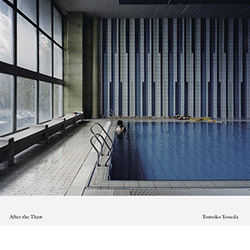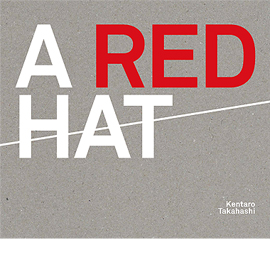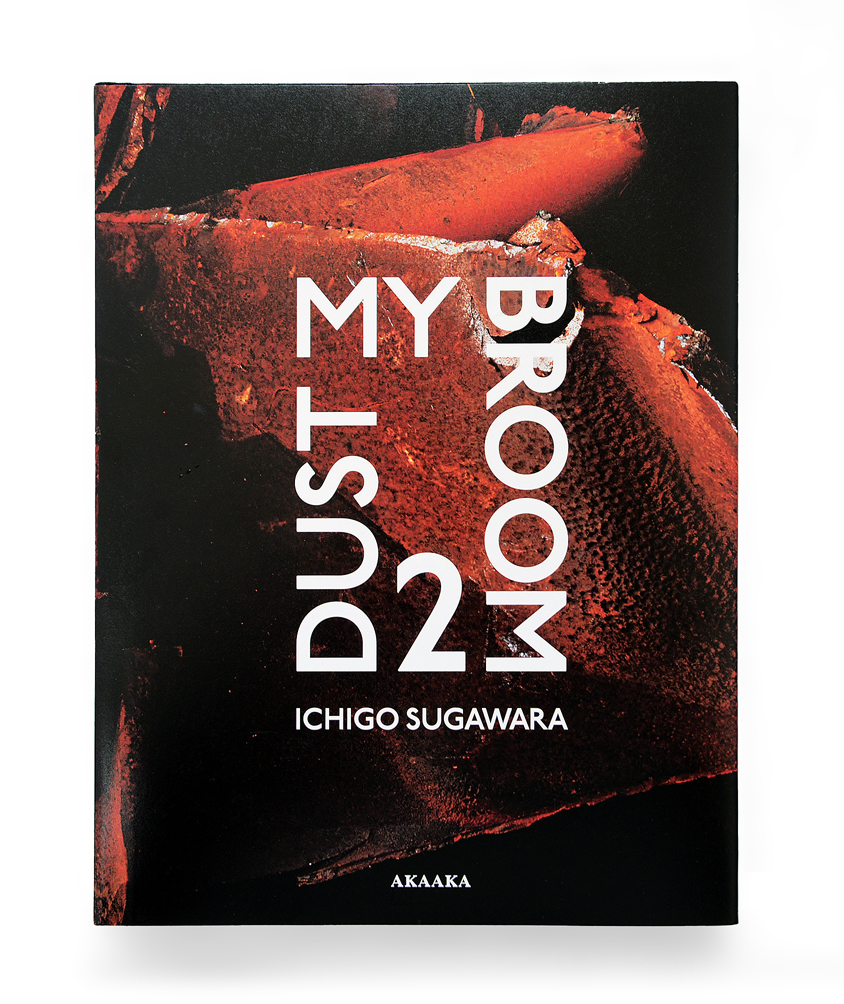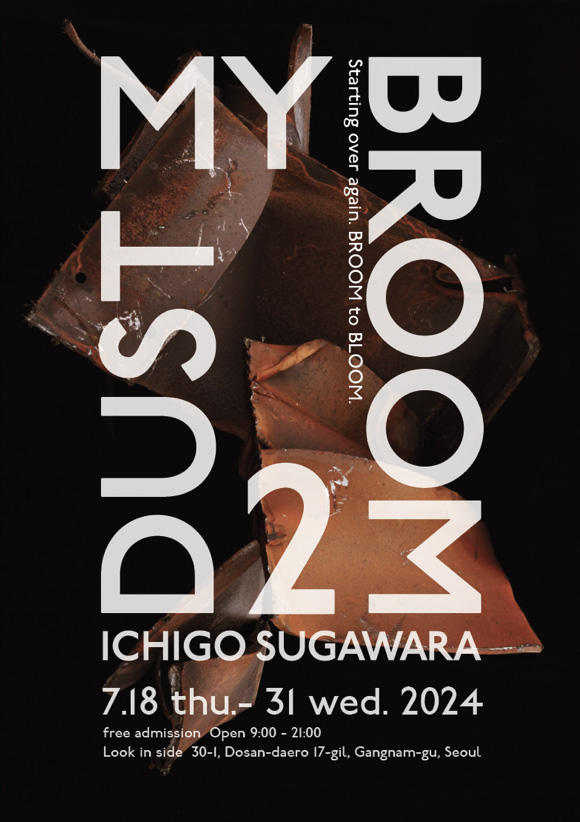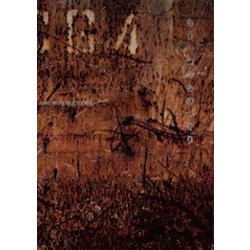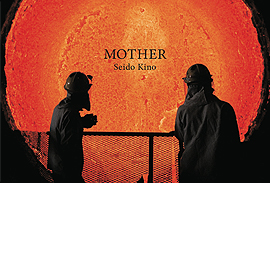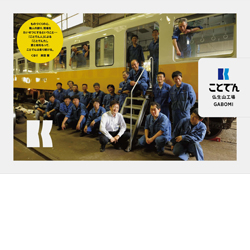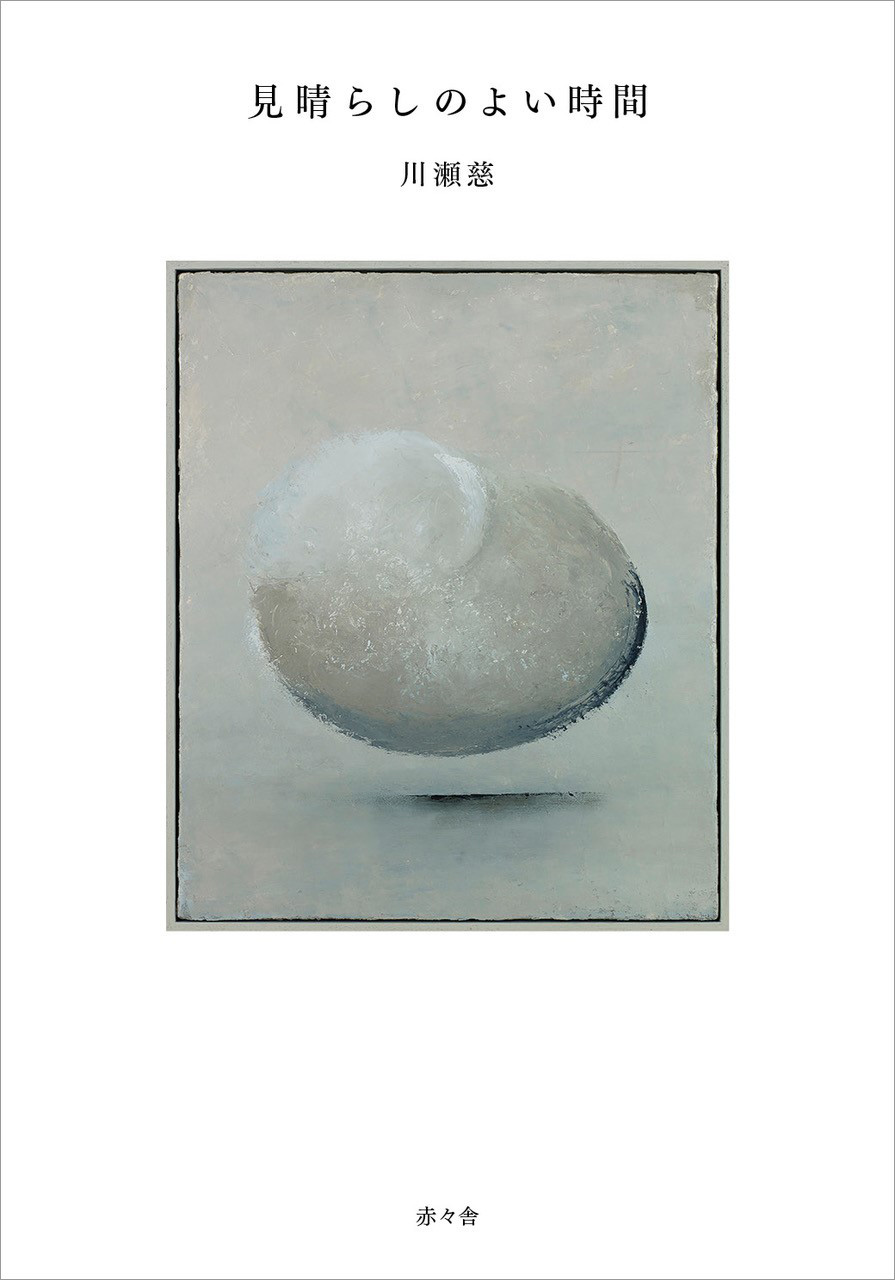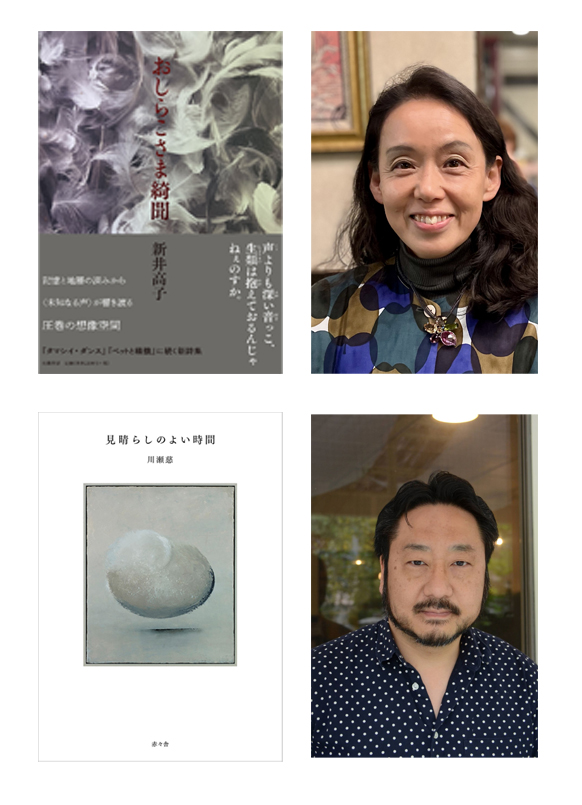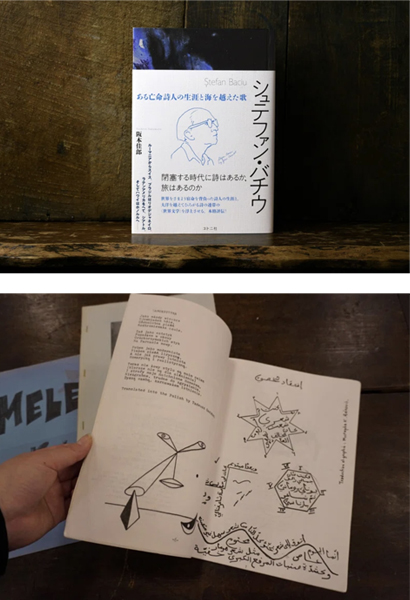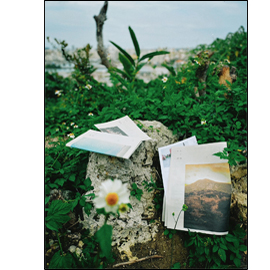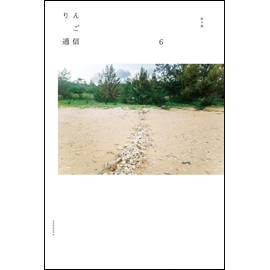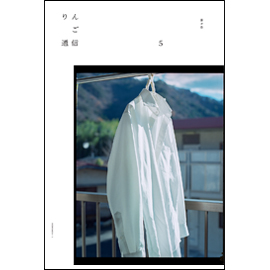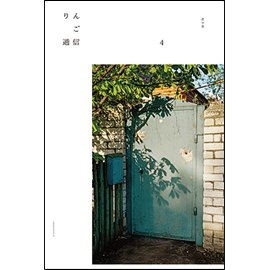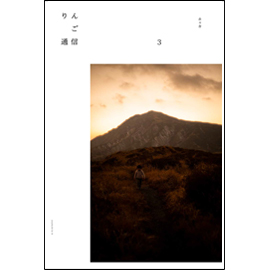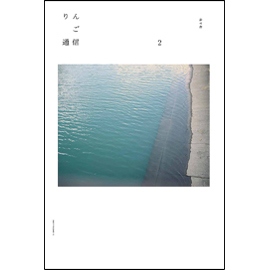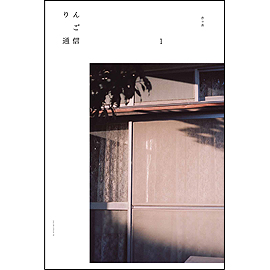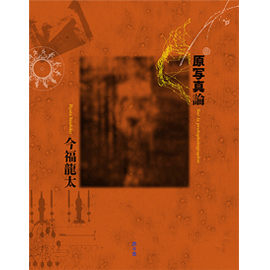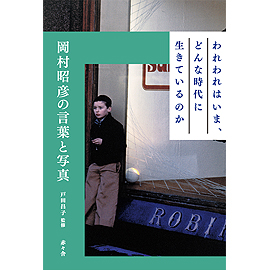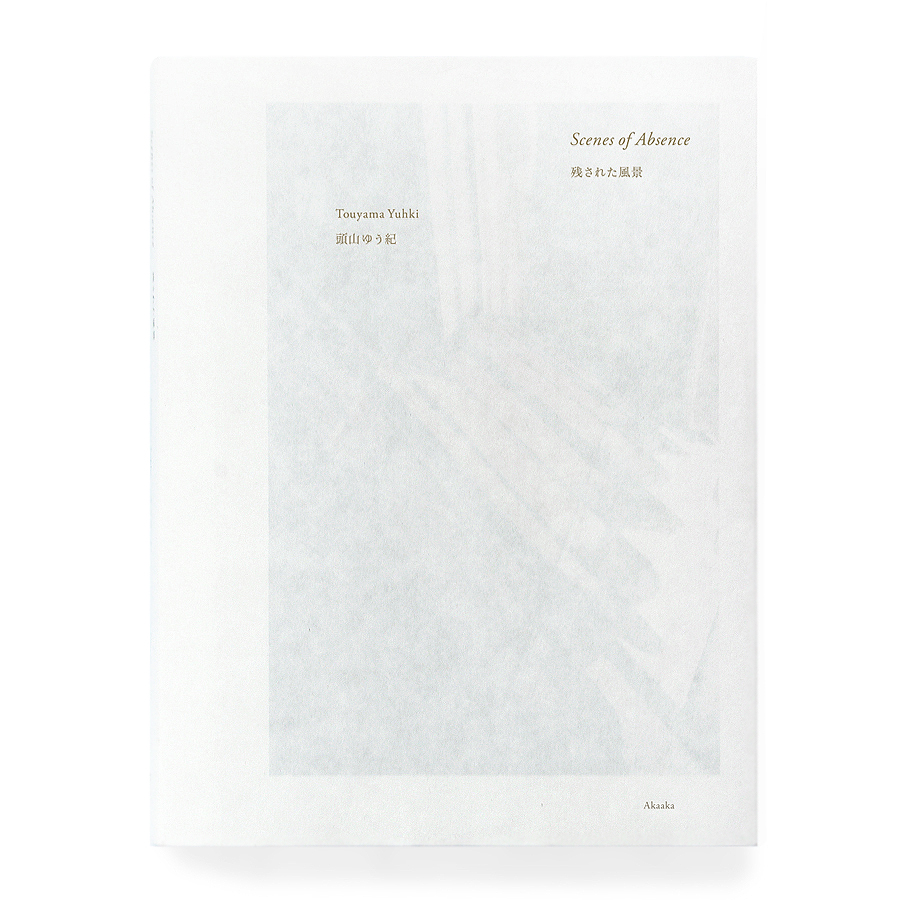
頭山ゆう紀『残された風景』
発行:赤々舎 Size:H210mm × W152mm Page:176 pages Binding:Softcover Published in June 2024 ISBN:978-4-86541-188-1 |
¥ 4,500+tax
国内送料無料! お支払い方法は、PayPal、PayPay、Paidy 銀行振込、郵便振替、クレジットカード支払いよりお選び頂けます。 |
|---|
About Book
頭山ゆう紀 待望の新刊
祖母の眼差しに寄り添う薄墨色の庭の景。
静かに息づく風景との出会い。
傍らに在って異なる時間を過ごした
介護の日々を経て
残された写真。続いていく対話。
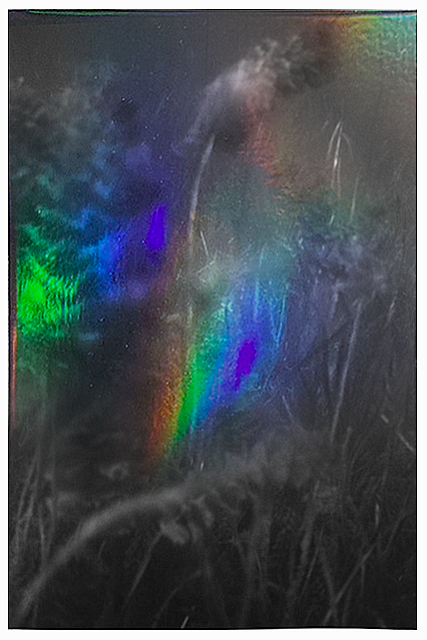
|
先着ご購入者様にステッカーをお付けしてお届け致します。 A sticker will be given to the first customers. |
Scenes of Absence
Yuhki Touyama
"I discovered a lump in my neck and had it checked by Dr. Maeda. I think it's cancer. Let's make my last send-off a grand occasion."
My grandmother hadn't been diagnosed with cancer yet and she acted cheerful over the phone.
The call came just before we were planning to visit my uncle's grave on the anniversary of his death in May. Due to the outbreak of the coronavirus in 2020, we had been unable to go for the traditional visit to his grave in March during the week of the spring equinox. Not being able to go out shopping because of the pandemic and the anxiety she felt at the possibility of having cancer was taking a serious toll on my grandmother's elderly body. By the time all the tests were done and I finally could go to see her in July, my grandmother's former vitality was gone.[...]
The doctor recommended natural therapy (no treatment at all). My grandmother, who had never experienced a major illness and had never been hospitalized, chose to stay at home. I made the decision to resign from my job of 11 years and move in with her.
From the time I was a young child, I often took the train back and forth between my parents' house and my grandparents' house on either the Musashino Line or the Chuo-Sobu Line--both were direct connections. Whenever I visited my grandparents they would always have Western sweets ready for me that I wasn't familiar with. During summer vacations, we would stay at the Keio Plaza Hotel and dine at fancy restaurants. My grandparents were quite indulgent toward their grandchild.When I enrolled in vocational school in the photography course and said I would love to have a darkroom at home, my grandparents immediately cleared out a room in the house and even installed plumbing to create a darkroom for me. They provided almost all of the photography equipment I needed and my grandmother always supported me, "Your dream is my dream, Yu-chan," she would say. [...]
In September, I began living with my grandmother. The first thing I did for an interview with the home care doctor who had been was to go referred to us. He explained my grandmother's condition again and, in a way that felt like an admonishment, firmly said to me, "According to the medical record, she has only three months at best. She won't make it to next year. You will need to be very resolute in taking care of her at home right until the end." Even being told that and even with my imagination operating at full strength it was difficult for me to picture what would happen from now on or what was involved in the process of dying. [...]
She even managed to make it to the year I was told she wouldn't make it to. Just as I began to relax when three more months had passed since the original three-month life expectancy prediction, my grandmother became unable to walk. The cancer had progressed, robbing her of her strength.
She reluctantly started sleeping in the nursing care bed she had refused to use before and had to constantly wear a nasal tube connected to an oxygen inhaler. She became able to breath and move a little on her own, but after three more months she gradually found it difficult to walk again. She couldn't take a bath even with assistance and couldn't make it to the toilet in time, so I put a portable toilet by her bedside. Delirium set in, conversation and eating became difficult, she started breathing through her mouth, and then she passed away.
It had become difficult for my grandmother to speak articulately, but on the day before she died she bid goodbye to her friends and family in a clear voice. Just before she passed, she had the nurse change her clothes, then beautifully and gracefully closed the curtain on her life.
In spite of loneliness at being unable to see her family during the coronavirus pandemic, it was a relief for me that she had chosen in-home care and didn't have to die in a hospital or hospice. But my time as a caregiver had not gone well.
Frustration at not being able to do what I wanted, at the days without any expression of gratitude, at the self-sacrifice situation created by the pandemic that didn't give me room to take my mind off things, at not enough sleep--all of these contributed to a buildup of stress without my being aware of it. I was dealing with everything alone and experiencing the loneliness of isolation. Little by little I felt trapped by the task I imposed on myself of doing everything in my power to be the perfect caregiver until the end from the desire to give back to my grandmother for all she had done for me. I was distant toward my grandmother who was losing mobility. [...]
I am filled with endless regret and questions. Although I read lots of articles and books on caregiving, in actual practice I couldn't keep up with what I learned.
What could I have done?
I am left with the photographs of the neighborhood that I took as a brief respite during the short times when I went out shopping and the photographs of the garden that I took from inside the room in the attempt to emotionally support my grandmother who, unable to go outside, sometimes hallucinated, declaring that she saw ink paintings on the wall. Outside the house, the seasons changed. My experience and my grandmother's experience were undoubtedly different.
Maybe we needed more words that could have filled up the time. Now I rely on the photographs that remain with the intention to continue the dialogue with my grandmother.
Yuhki Touyama
Special edition
|
写真集 +プリント付(Book with print) |
¥ 40,000+tax |
|---|
|
A、B、2種類のプリントよりお選び頂けます。各限定15部 You can select from 2 images of prints. limited 15 copies each |
国内送料無料!
|
|---|
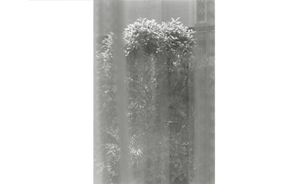
|
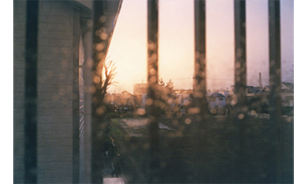
|
|---|
|
Type-A (limited 15)
Print size : H254mm x W203 mm(六切り) Image size : H225mm x W150 mm Type-C Print, Edition number with signed. |
Type-B (limited 15)
Print size : H203mm x W254 mm(六切り) Image size : H150mm x W225 mm Gelatin silver print, Edition number with signed. |
|---|
|
お支払い方法は、PayPal、PayPay、Paidy 銀行振込、郵便振替、クレジットカード支払いよりお選び頂けます。
|
お支払い方法は、PayPal、PayPay、Paidy 銀行振込、郵便振替、クレジットカード支払いよりお選び頂けます。
|
|---|
Related Articles
|
対談 石内都 × 頭山ゆう紀 2023年5月更新 初出『IMA』vol.39 特別付録 インタヴュー・文=IMA 写真=高橋マナミ |
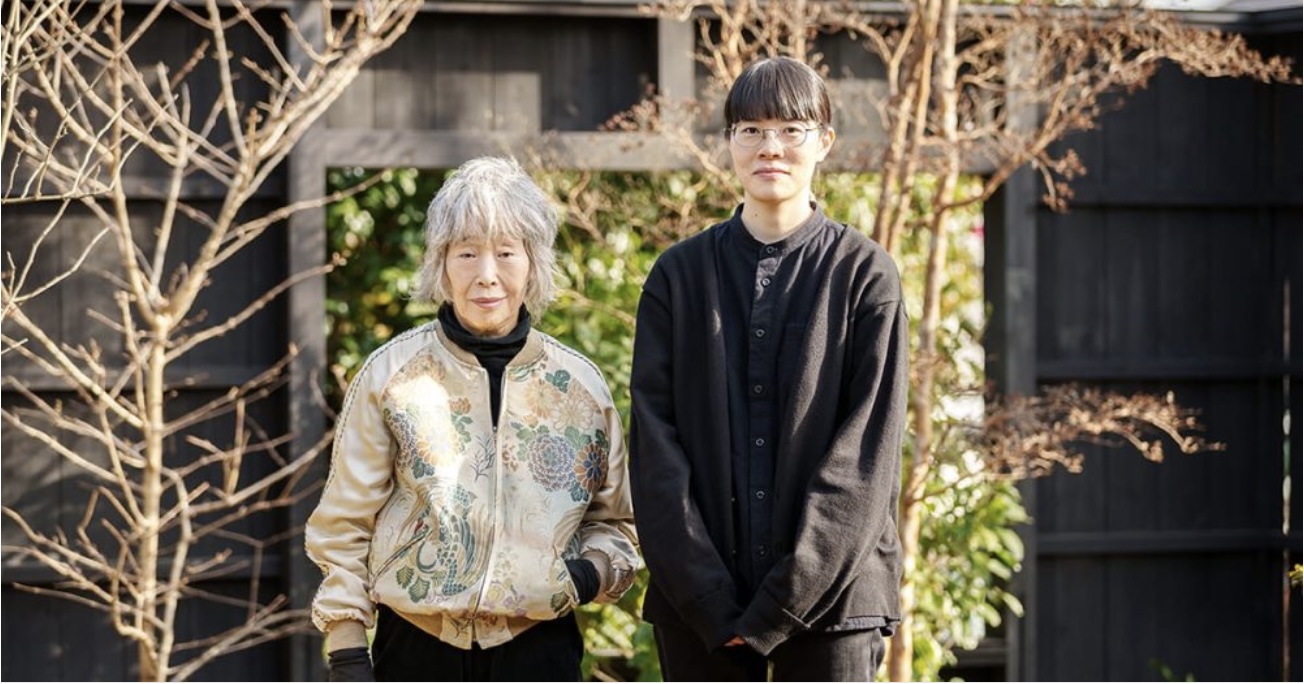 |
Related Exhibitons
|
頭山ゆう紀 「残された風景」 会期:2025年1月11日(土)〜2月23日(日) 時間:13:00〜18:00 会場:POETIC SCAPE(東京都目黒区中目黒4-4-10 1F) 休廊:月・火・祝 (2月23日 祝日 は特別営業) ◉オープニングレセプション 日時:2025年1月11日(土)18:00〜20:00 |
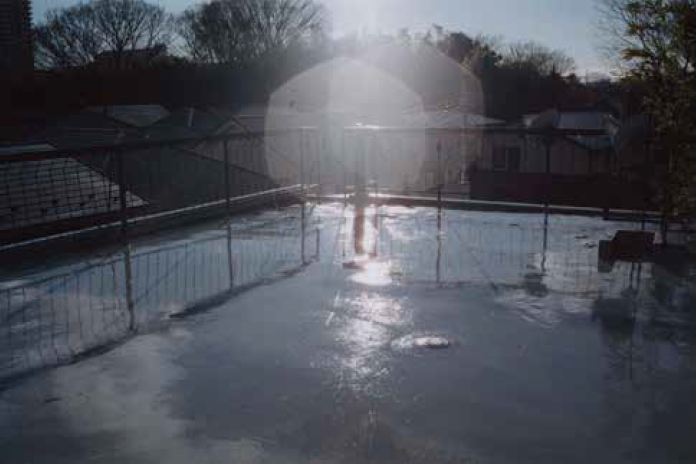
|
Artist Information
頭山ゆう紀
1983年千葉県生まれ。東京ビジュアルアーツ写真学科卒業。生と死、時間や気配など目に見えないものを写真に捉える。自室の暗室でプリント作業をし、時間をかけて写真と向き合うことで時間の束や空気の粒子を立体的に表現する。主な出版物に『境界線13』(赤々舎 2008)、『さすらい』(abp 2008)、『THE HINOKI Yuhki Touyama 2016−2017』(THE HINOKI 2017)、『超国家主義−煩悶する青年とナショナリズム』(中島岳志 著、頭山ゆう紀 写真/筑摩書房 2018)がある。
Yuhki Touyama
Born in Chiba in 1983. In 2004, she graduated from Tokyo Visual Arts University's Department of Photography. In her work, Touyama captures invisible things such as life and death, time, sensations, and notions. Spending a lot of time creating prints in her darkroom, Touyama is able to express large swaths of time and grains of air in three dimensions.
Major publications include Line 13 (Akaaka, 2008), Sasurai (abp, 2008), THE HINOKI - Yuhki Touyama 2016-2017 (THE HINOKI, 2017), and 'Supranationalism: An Anguished Youth and their Nationalism' (written by Takeshi Nakajima, with photos by Yuhki Touyama; Chikumashobo, 2018).
Related Items
|
|
|
|
|
|---|
|
|
石内都 『INNOCENCE』 (Out of Stock) |
|---|

